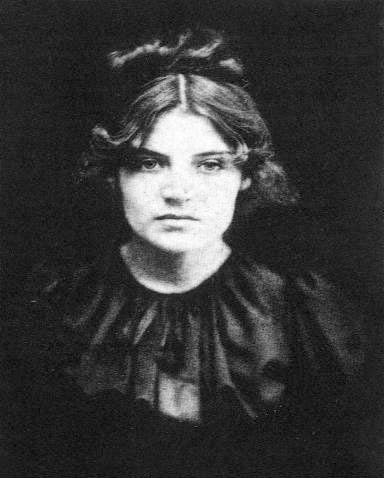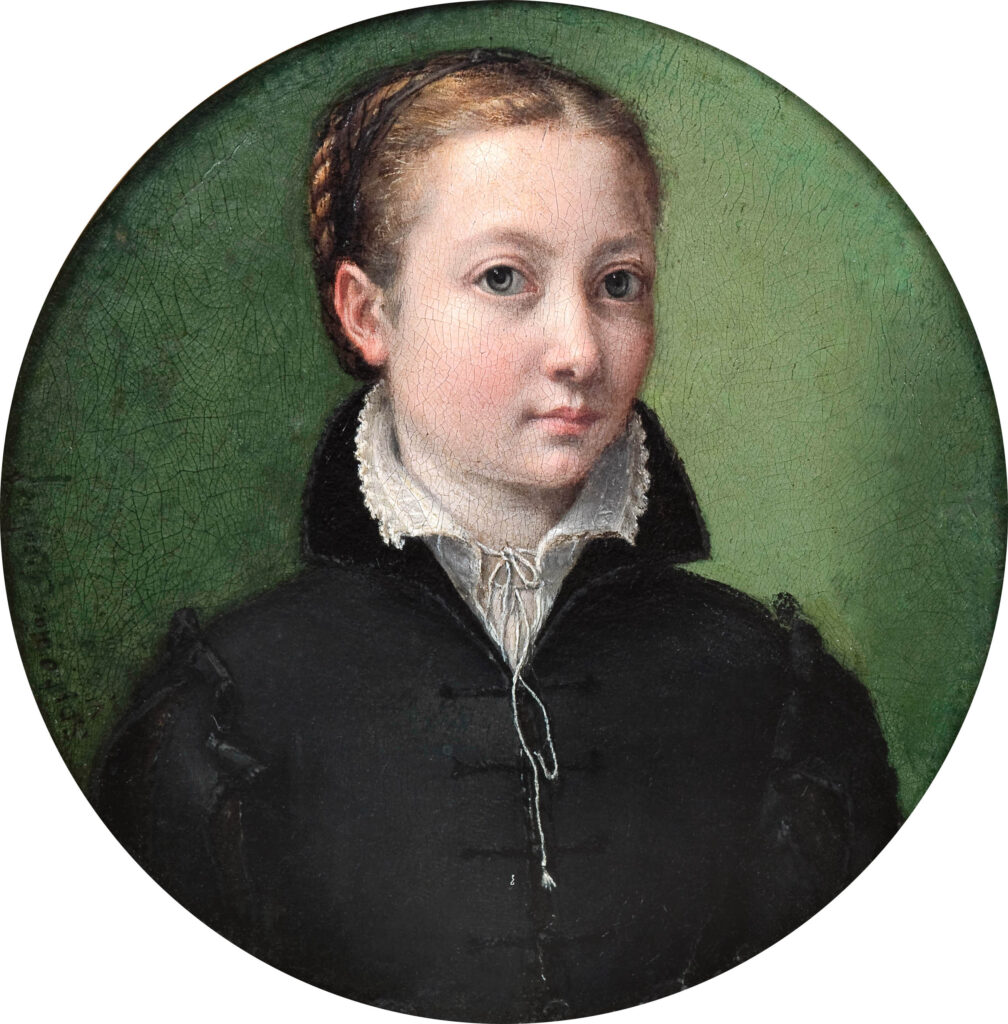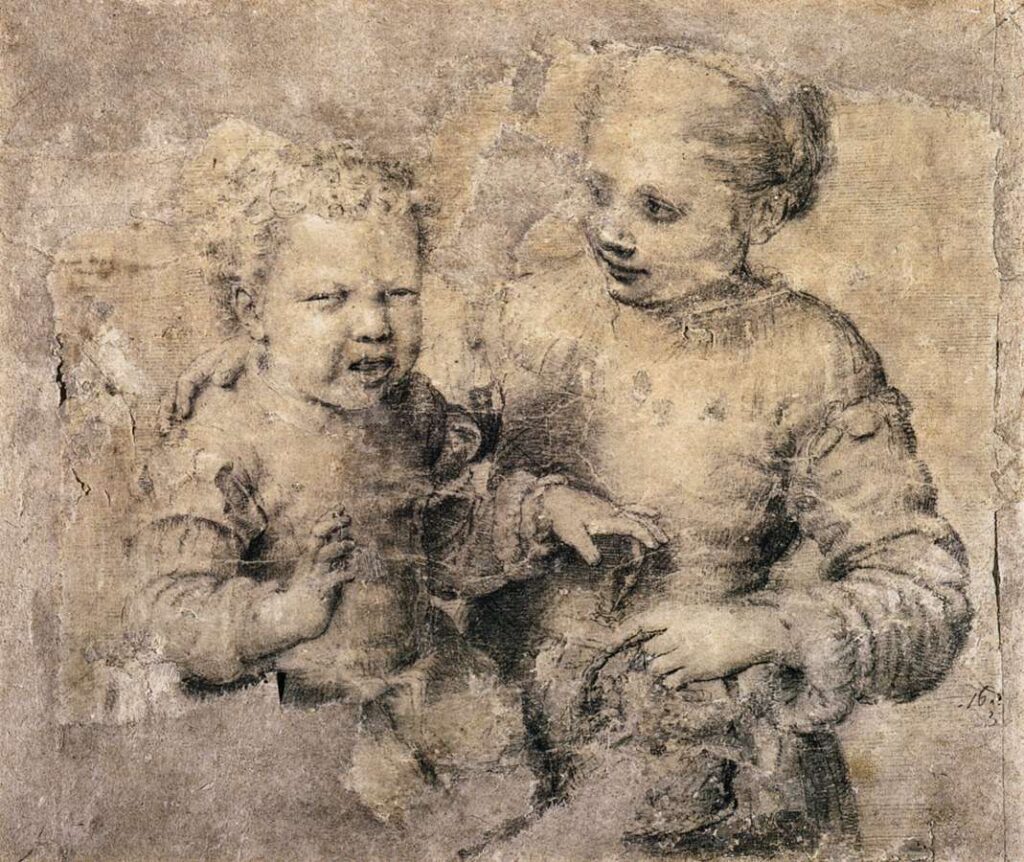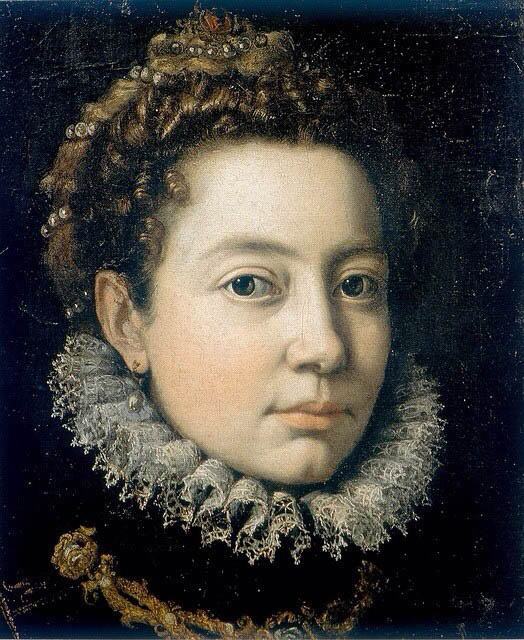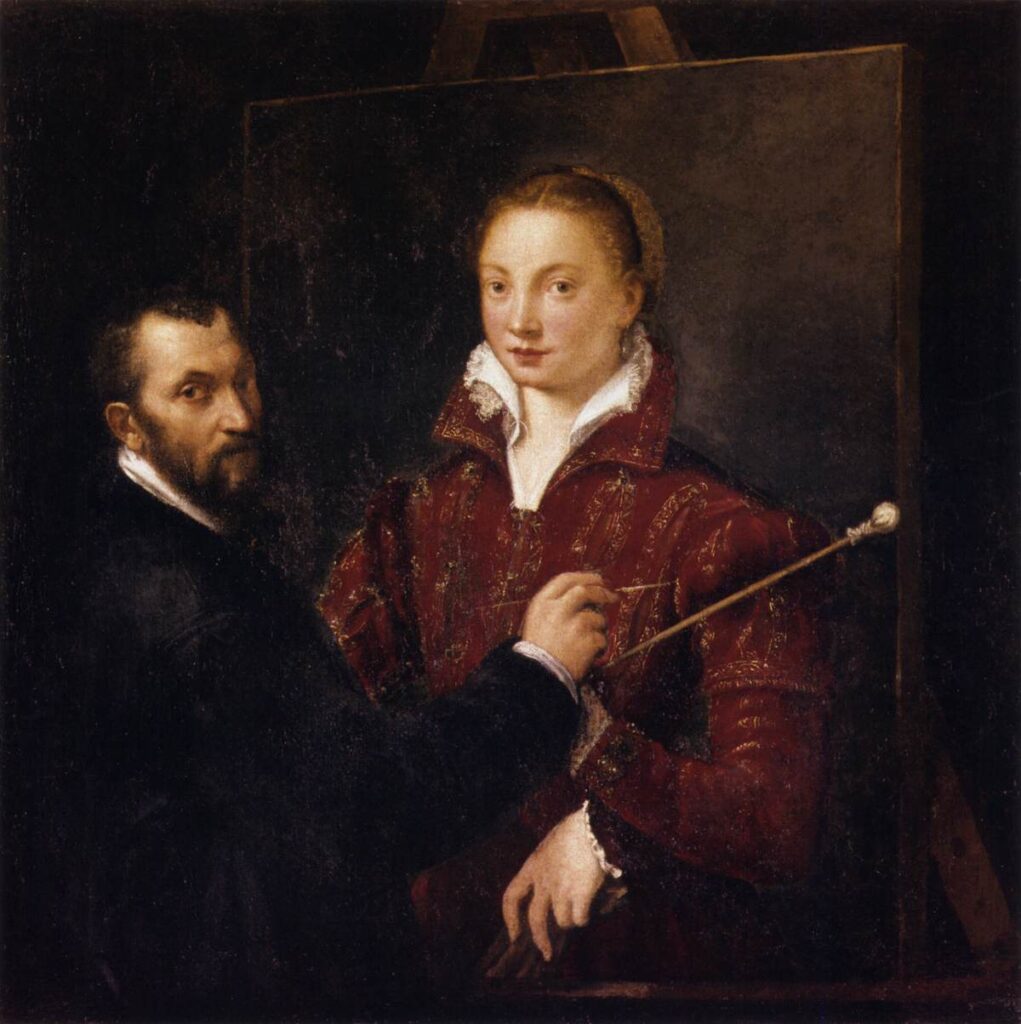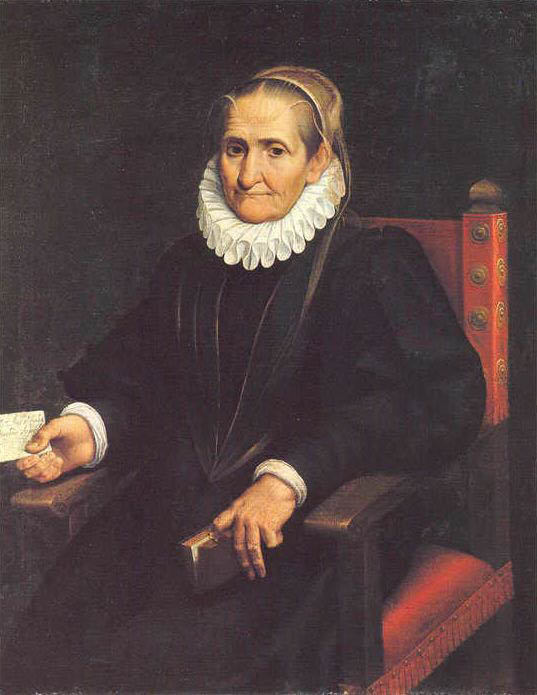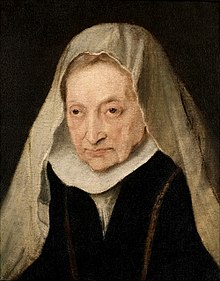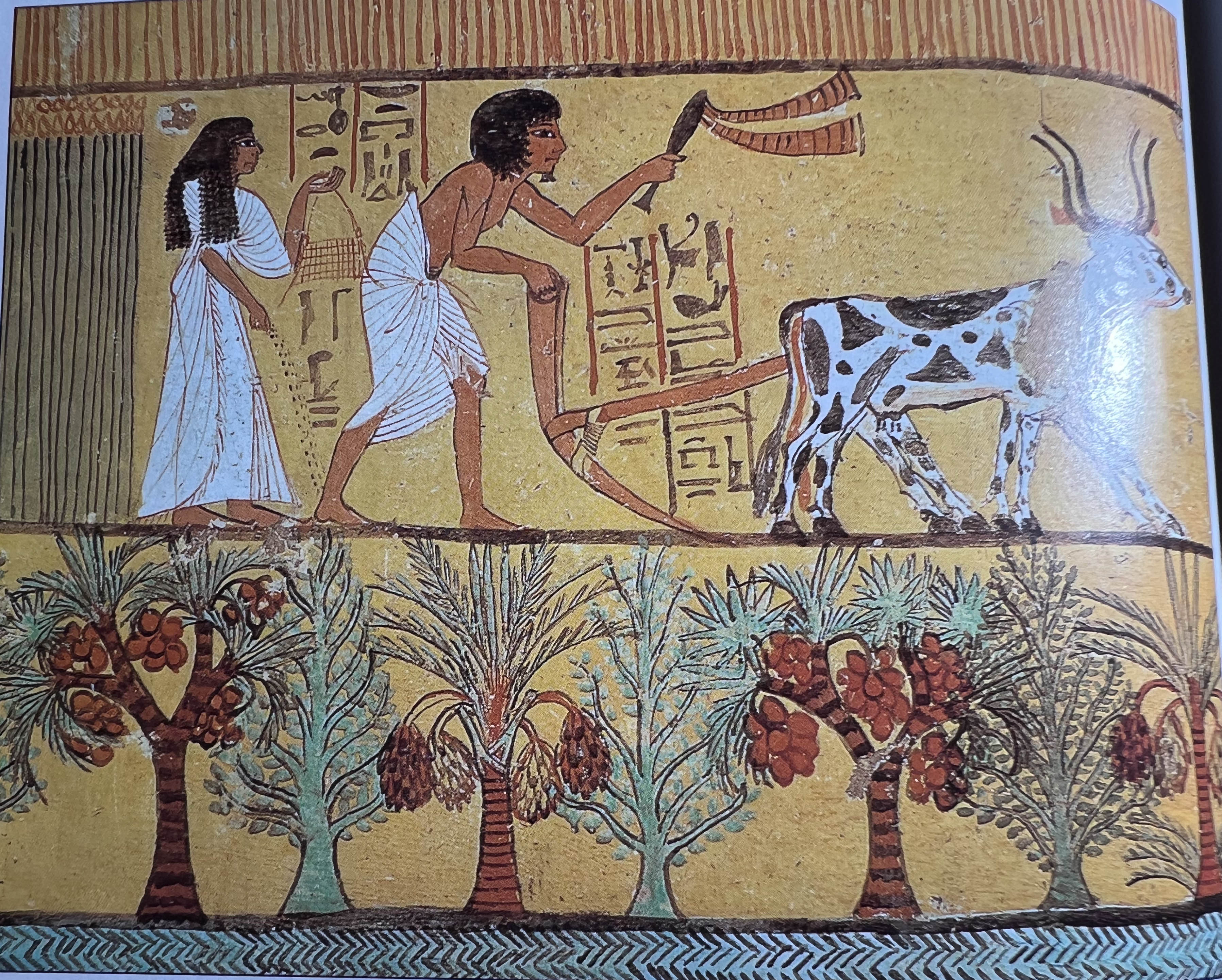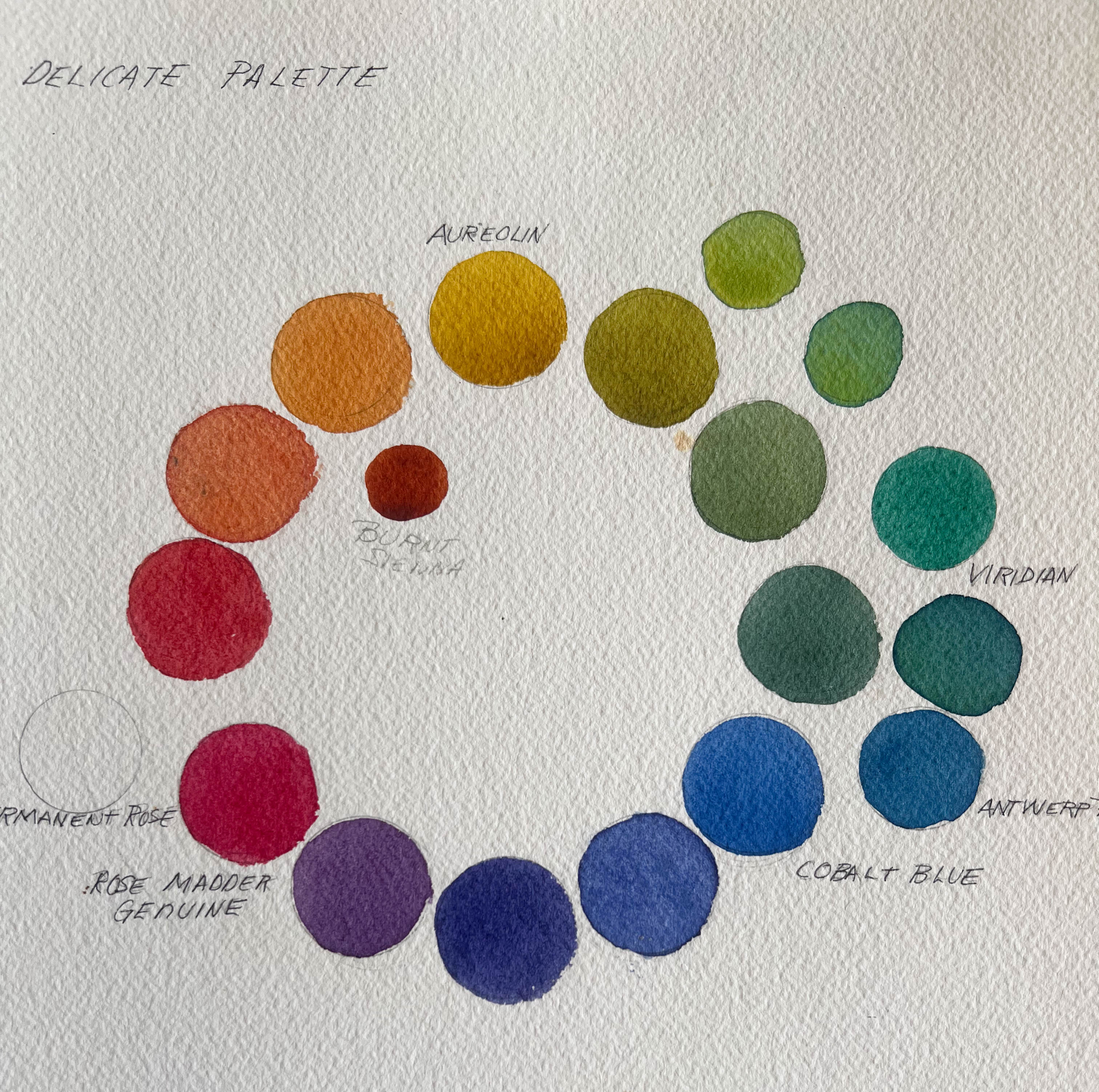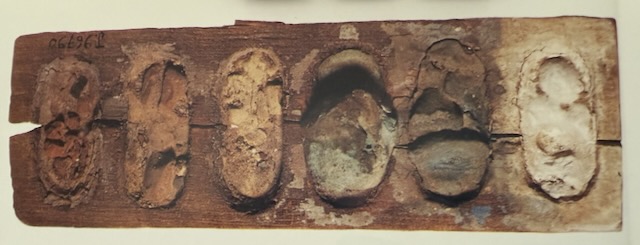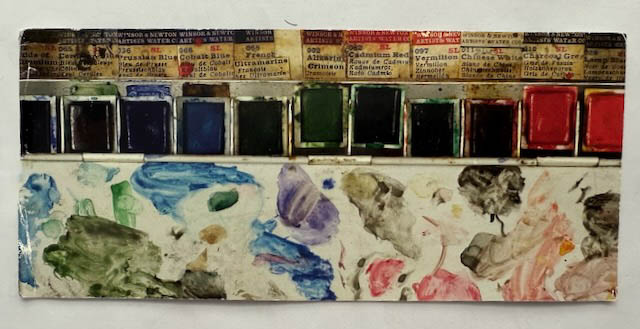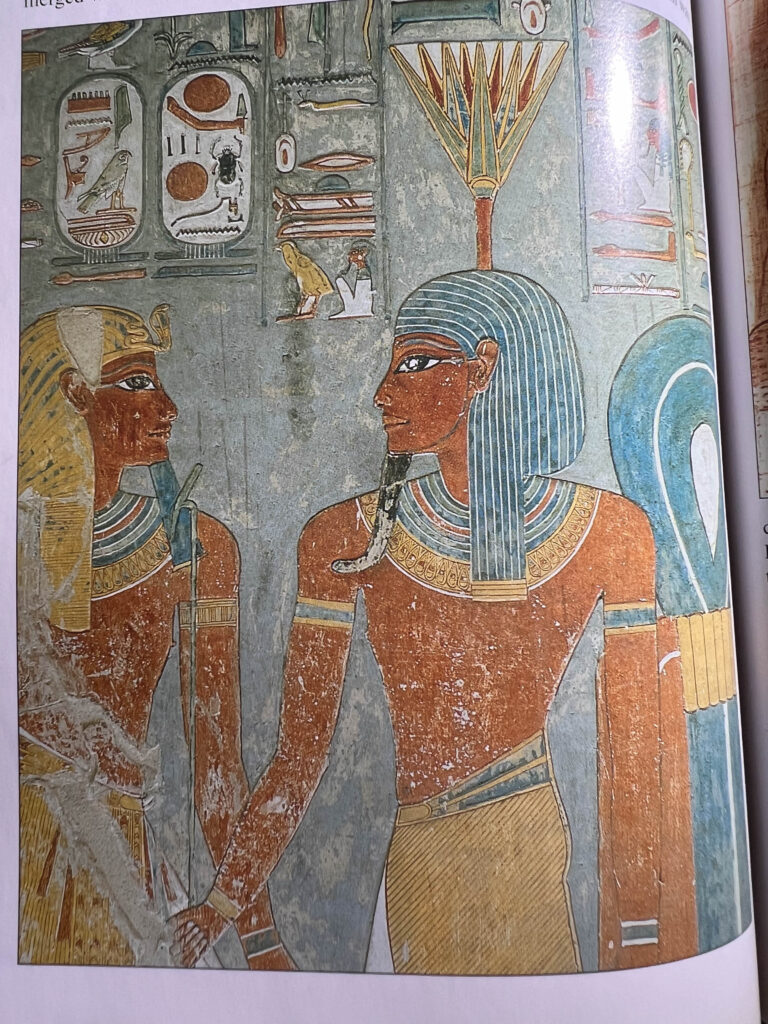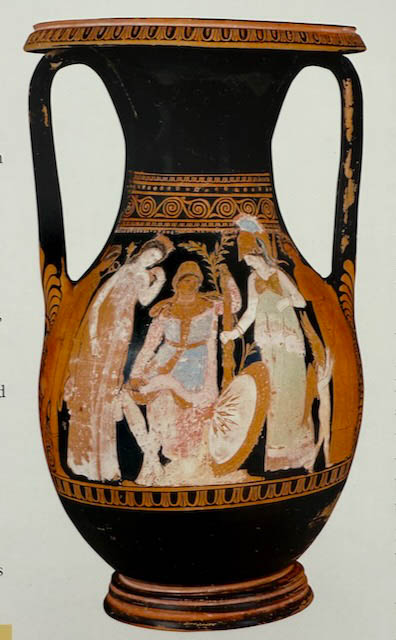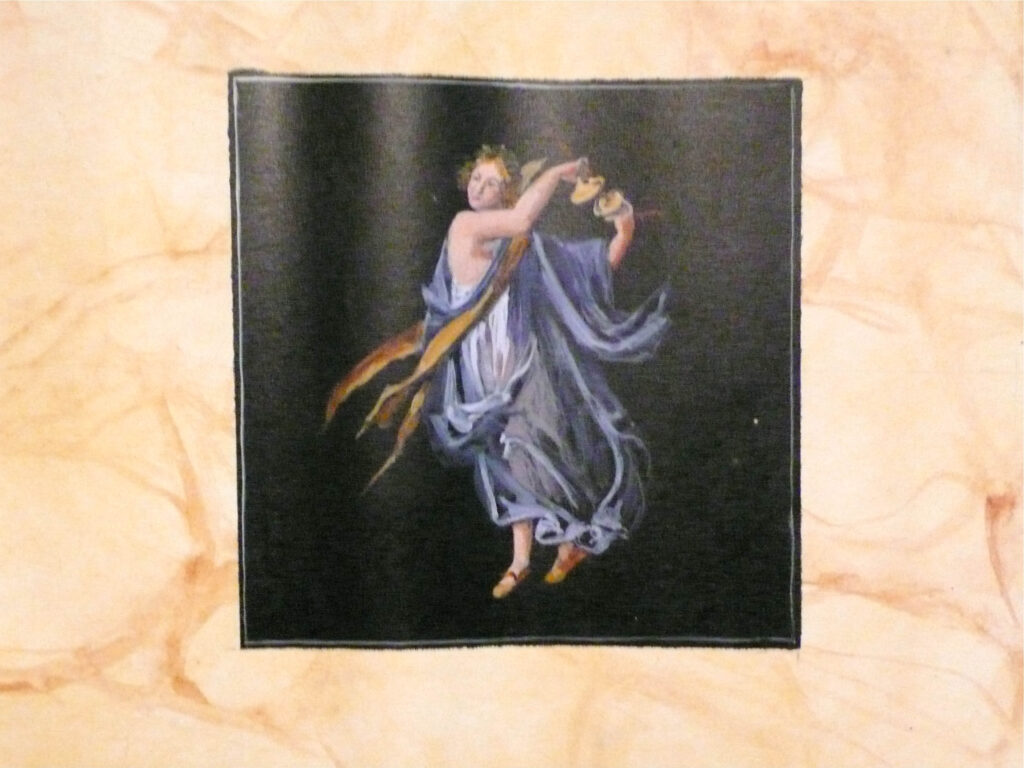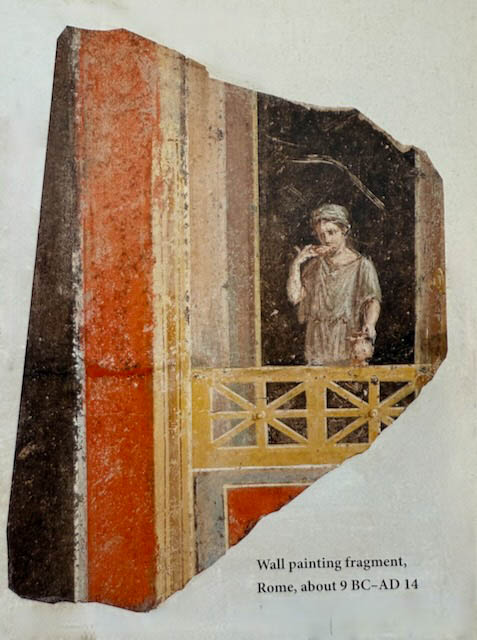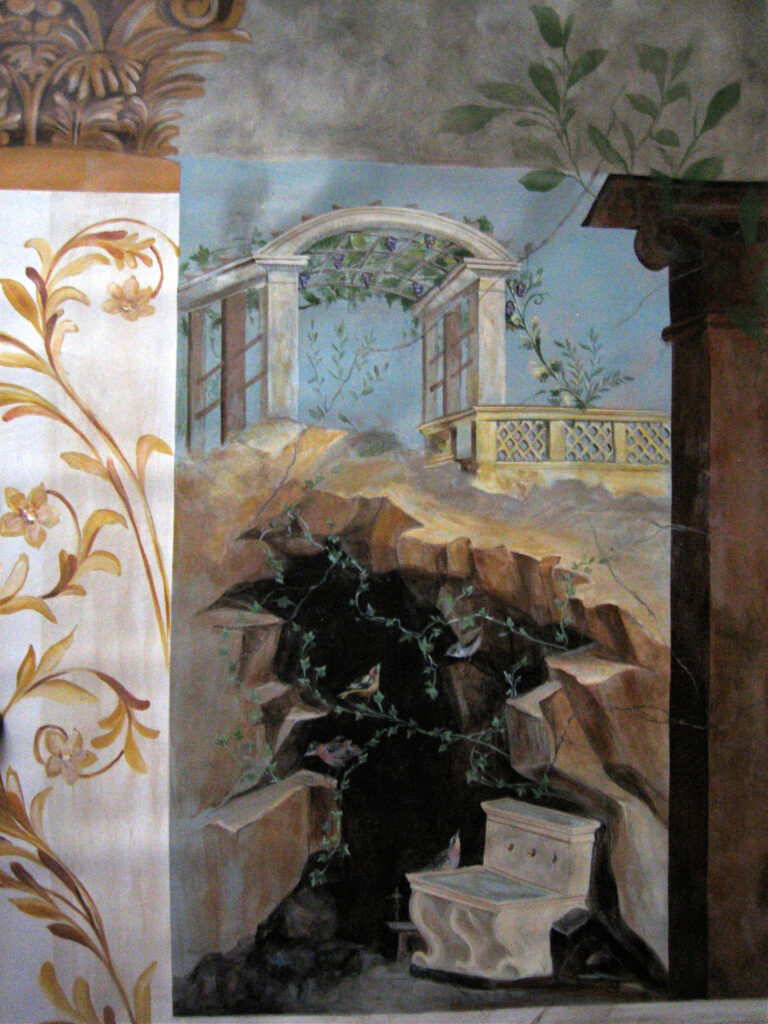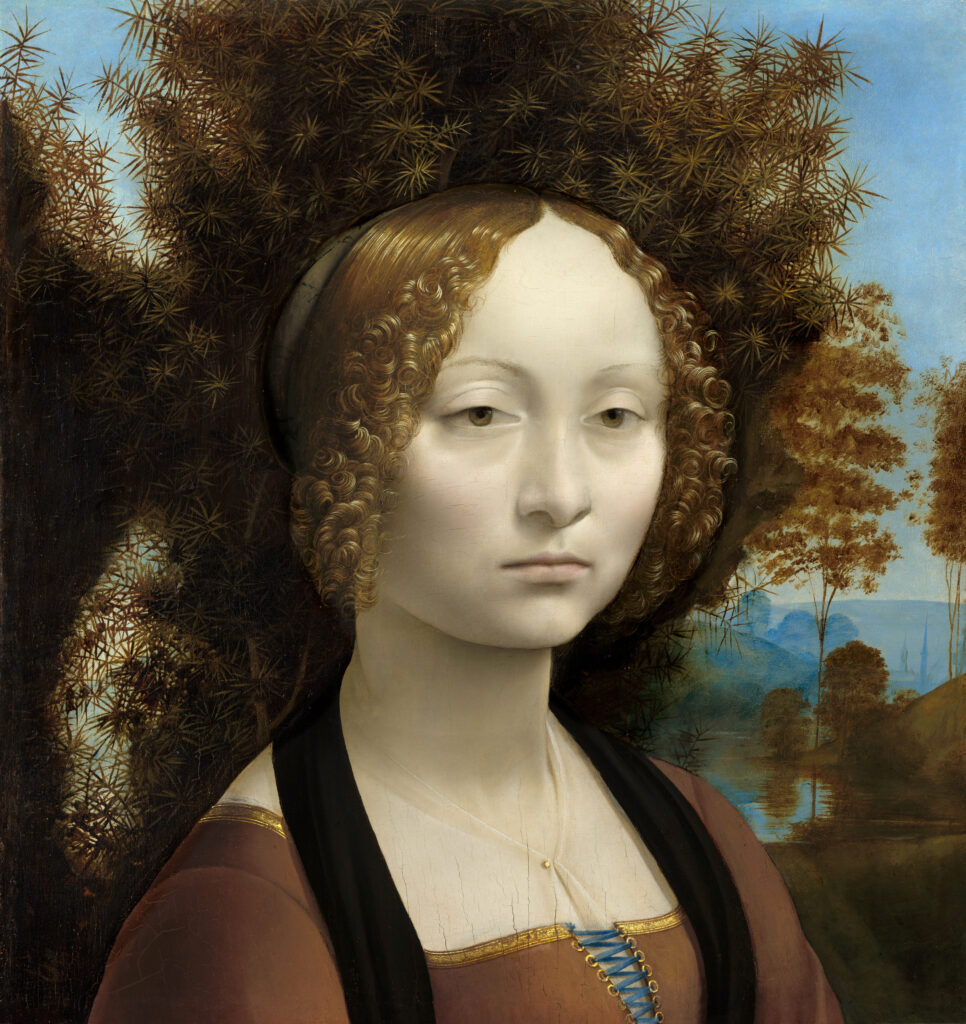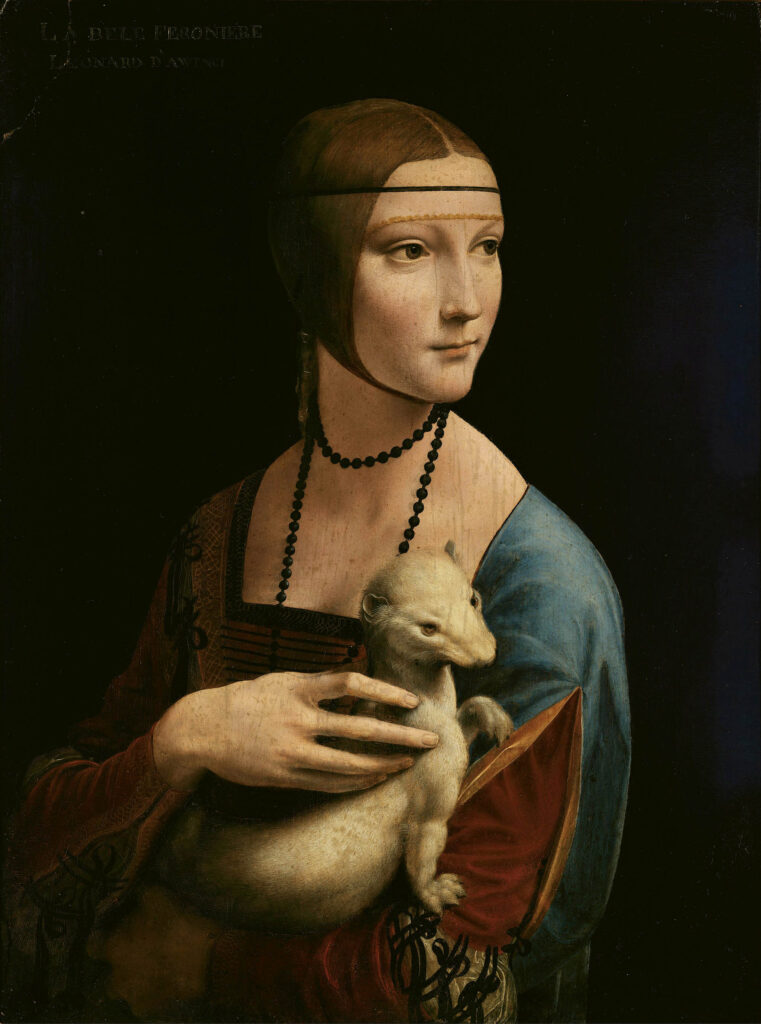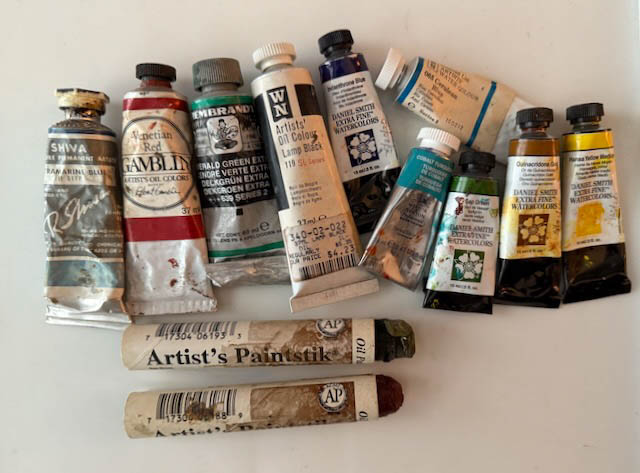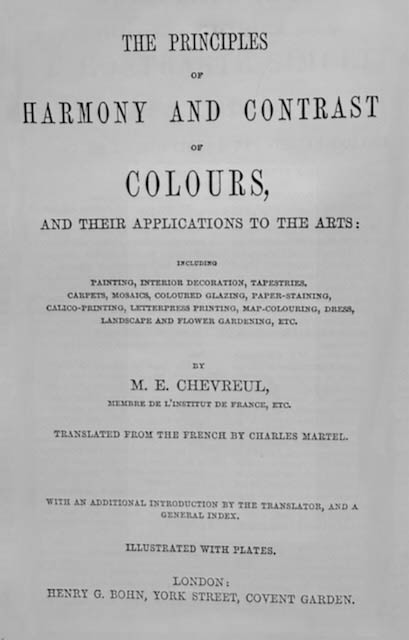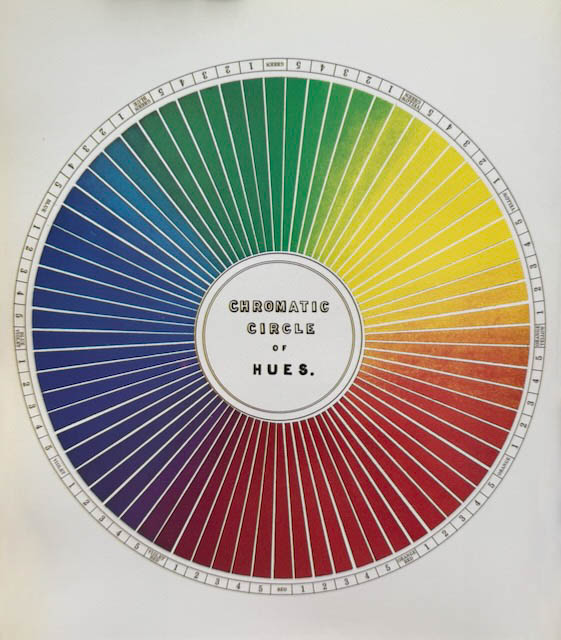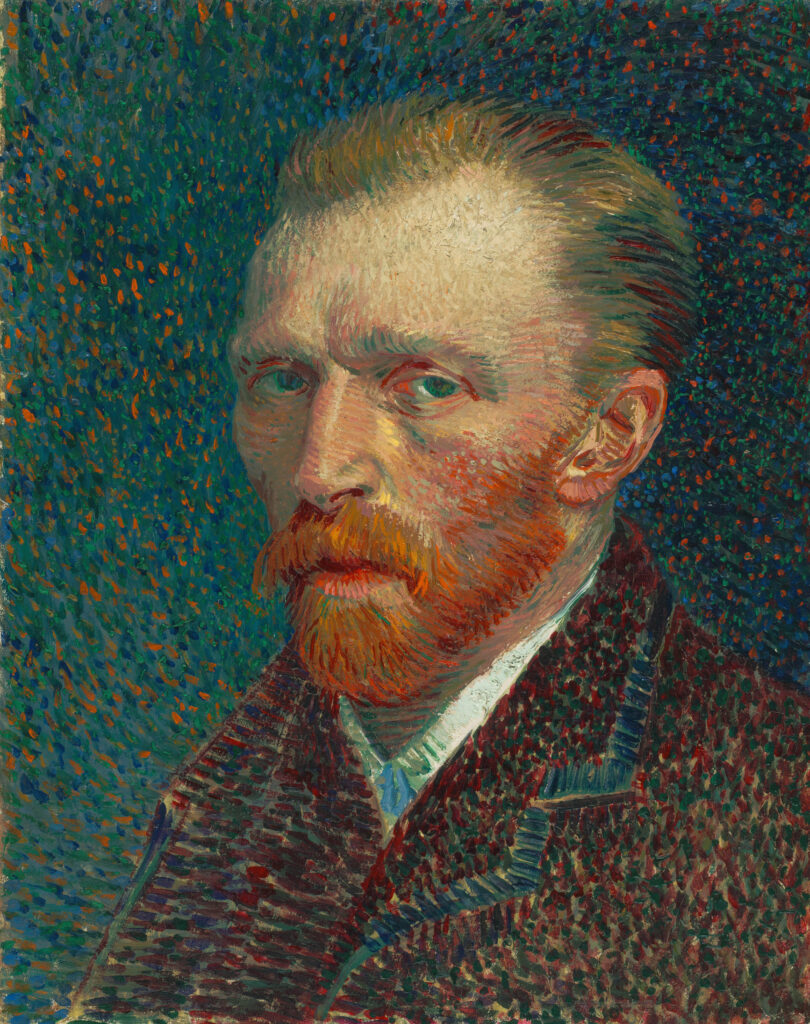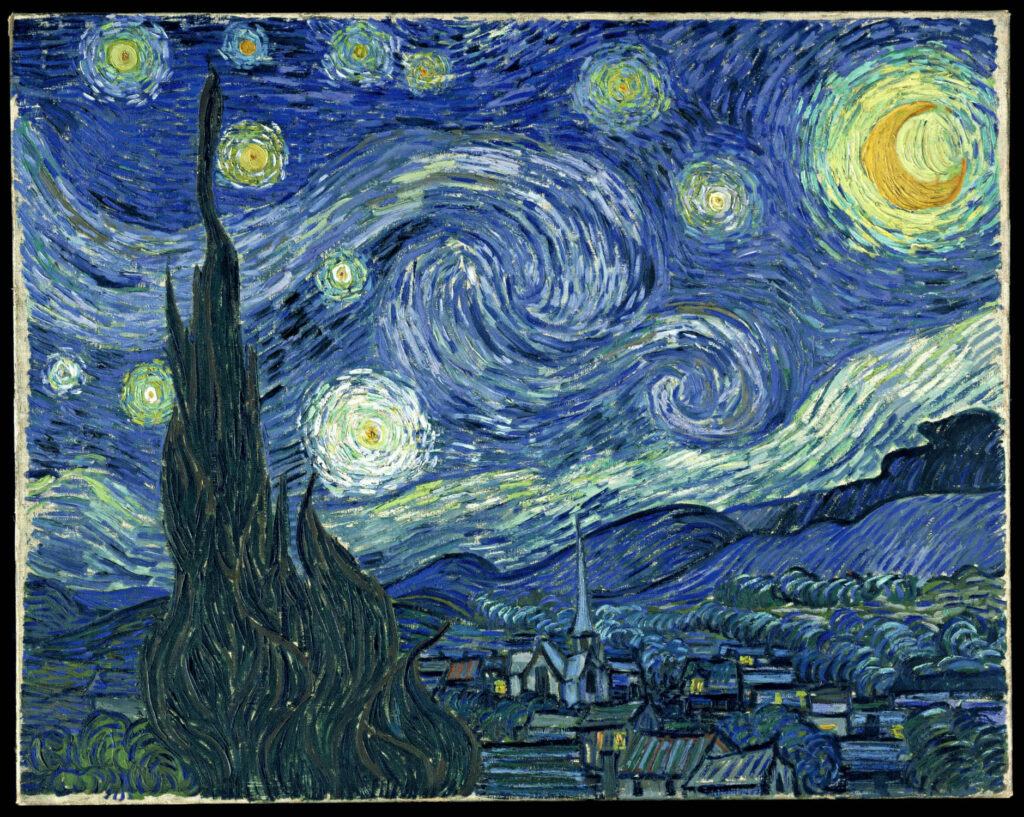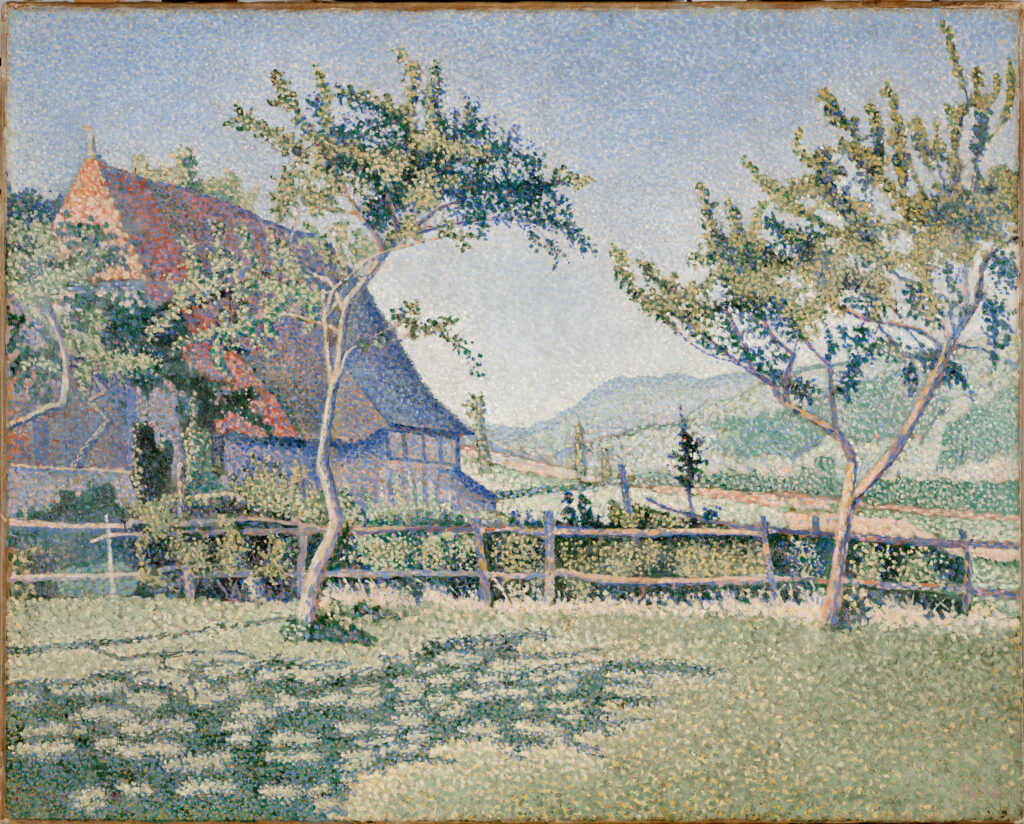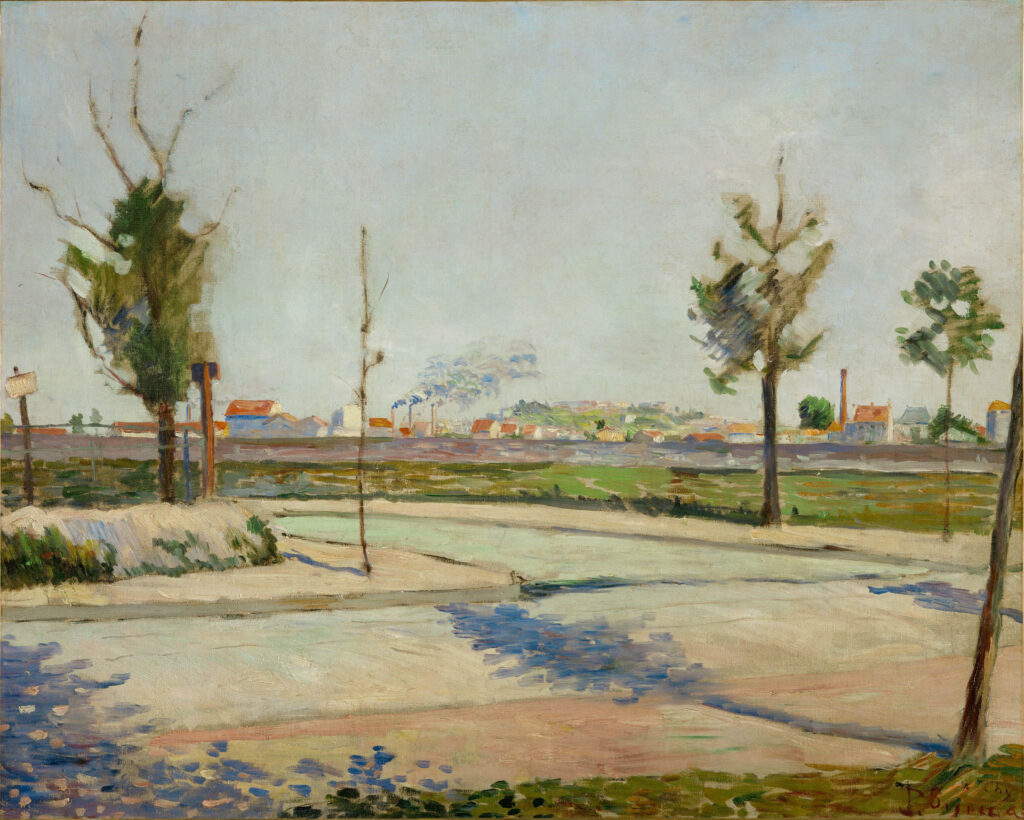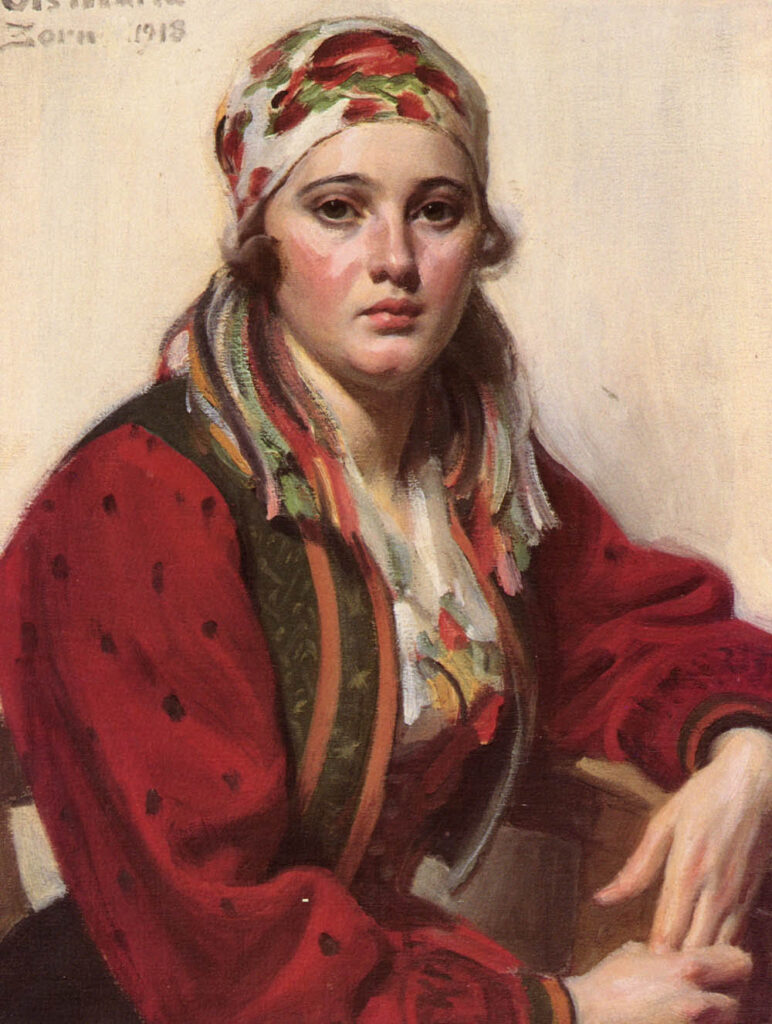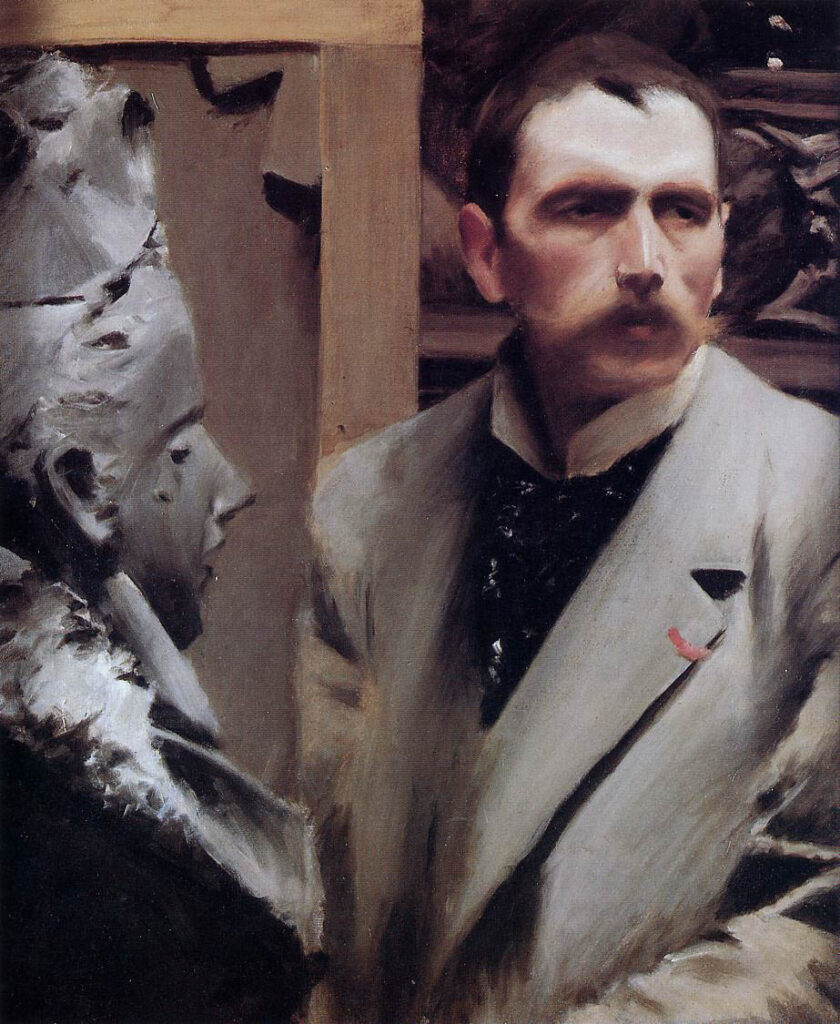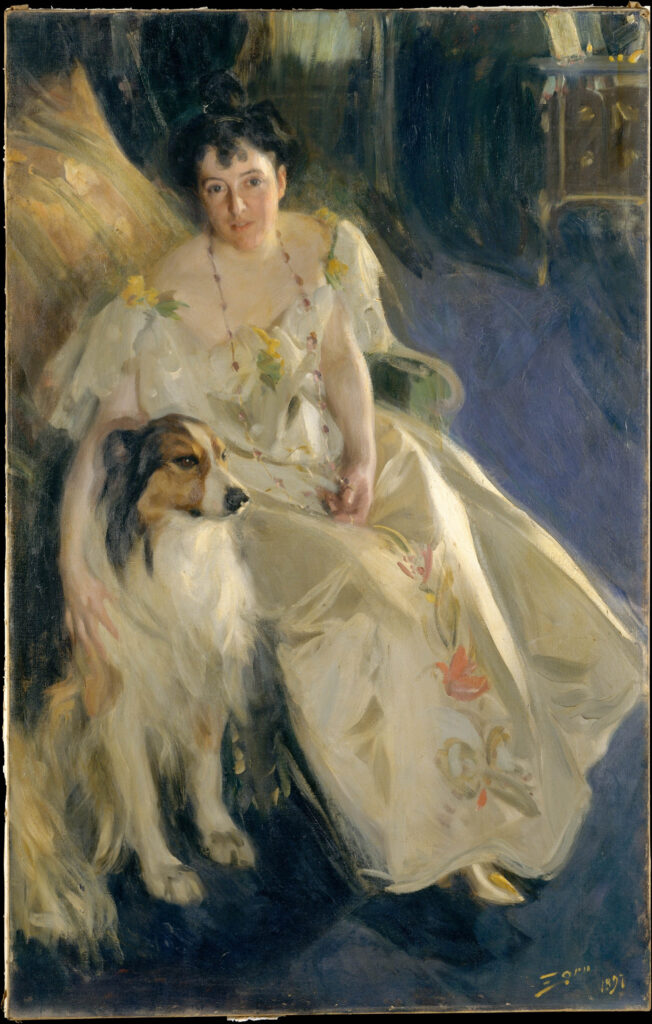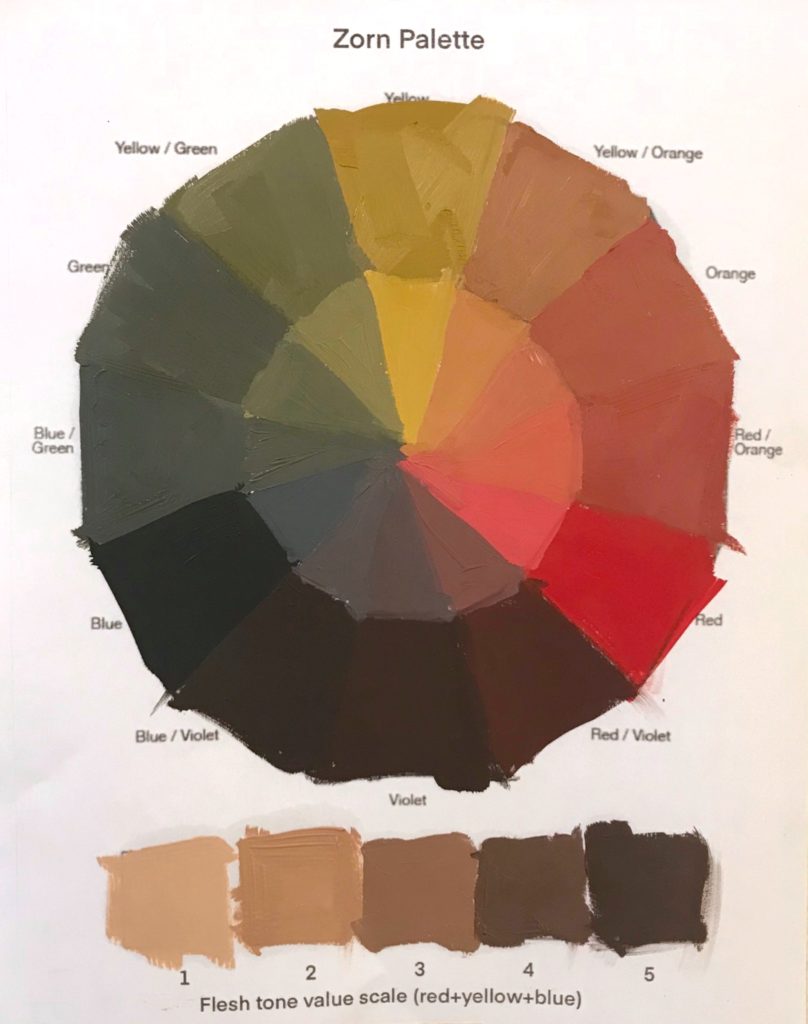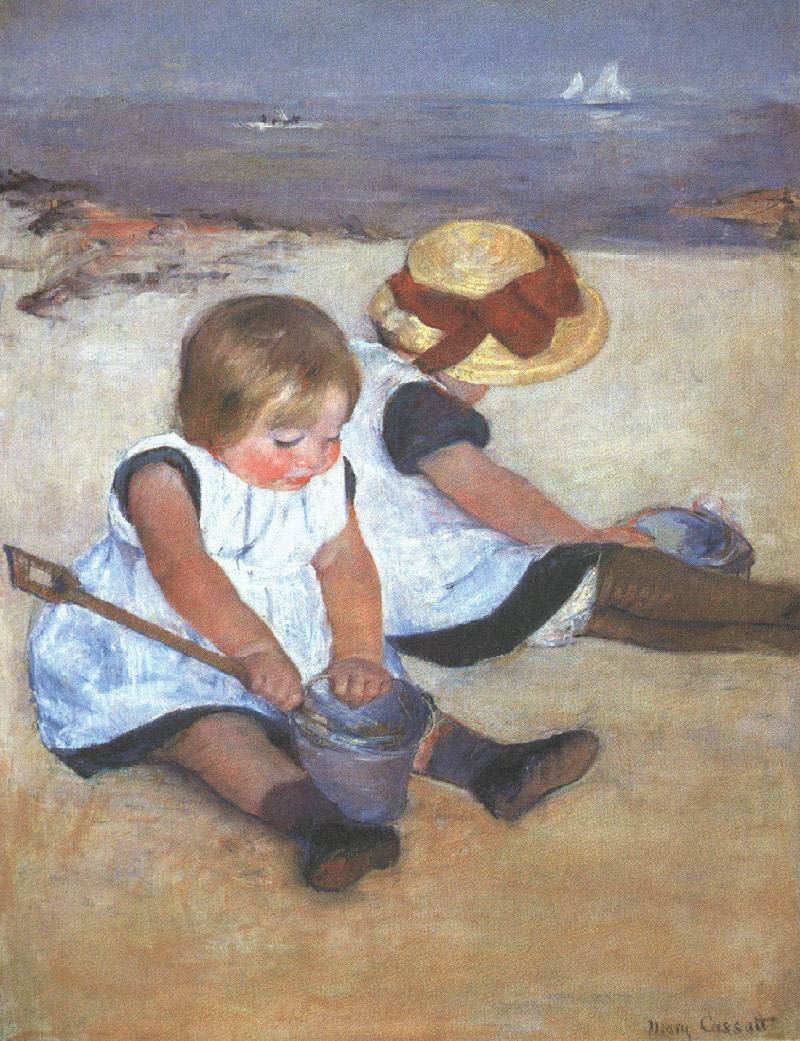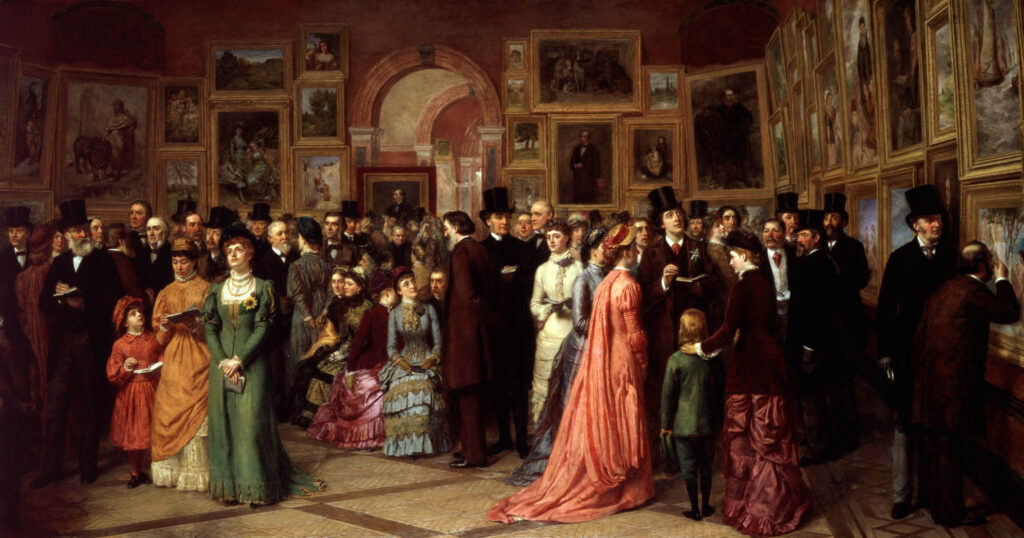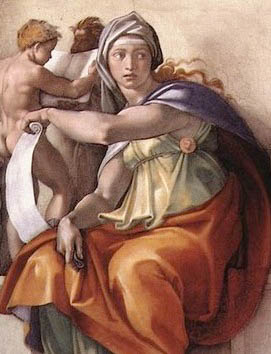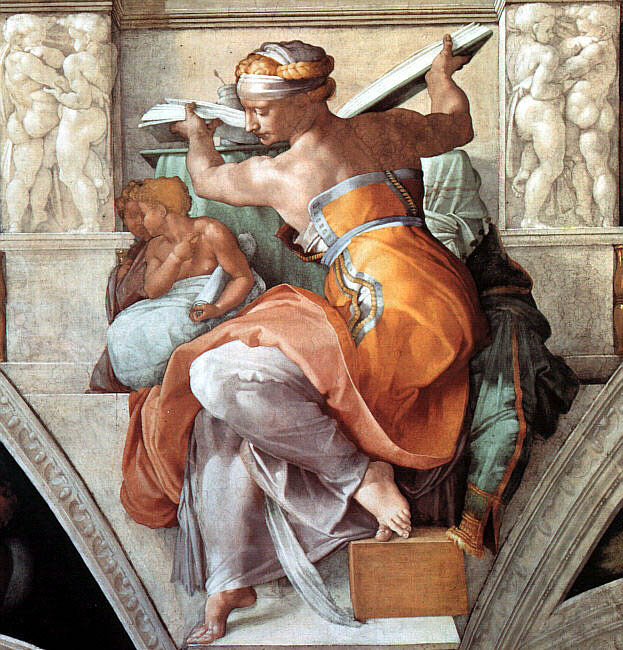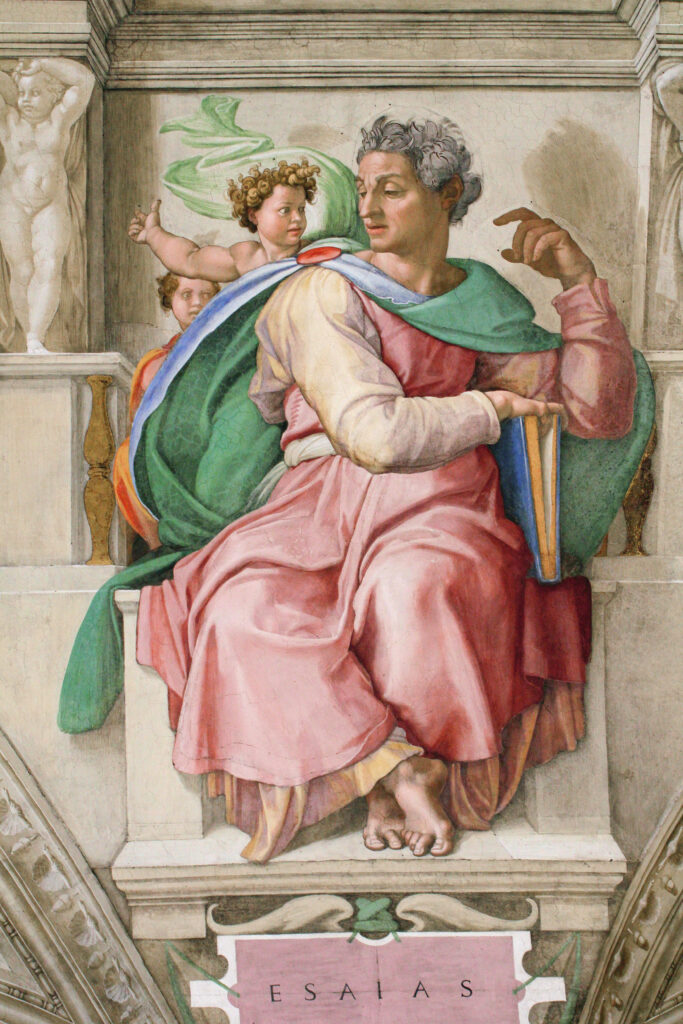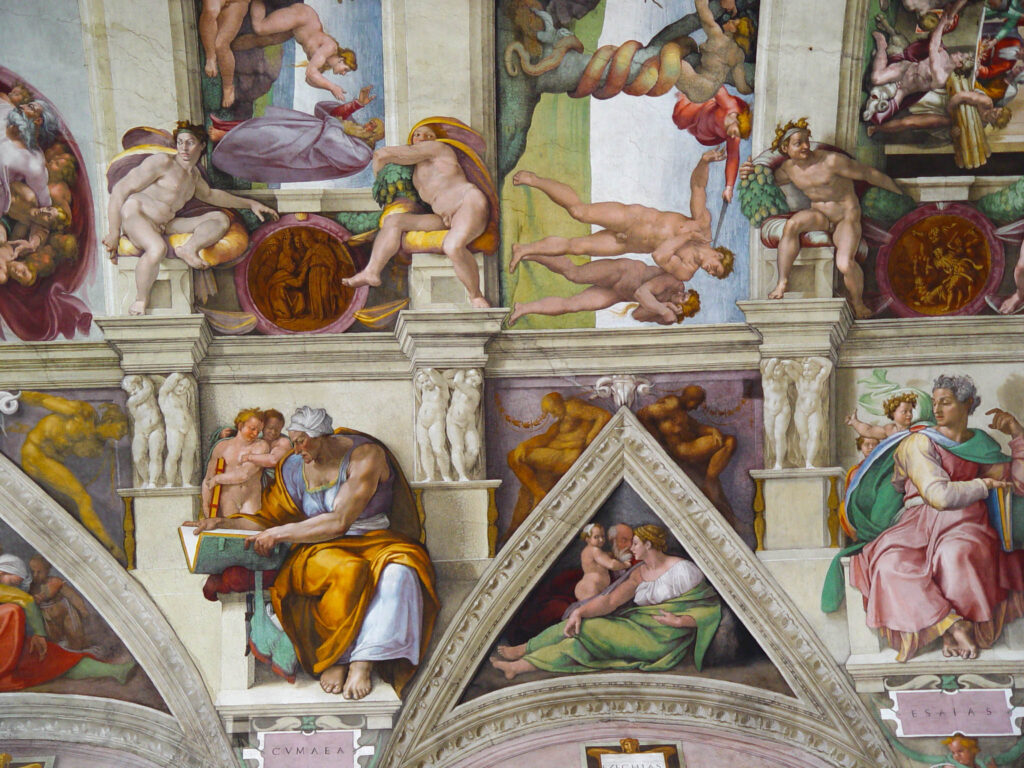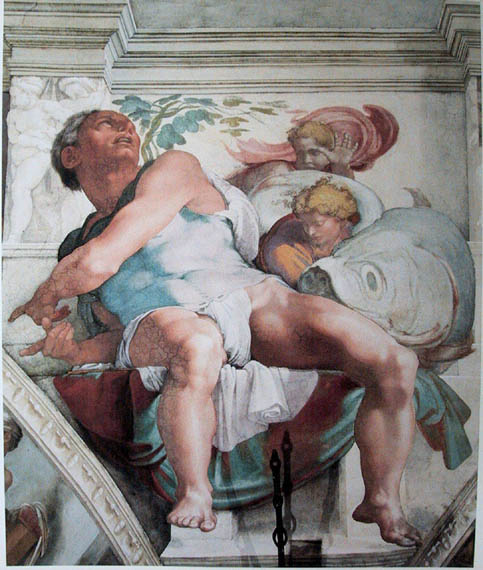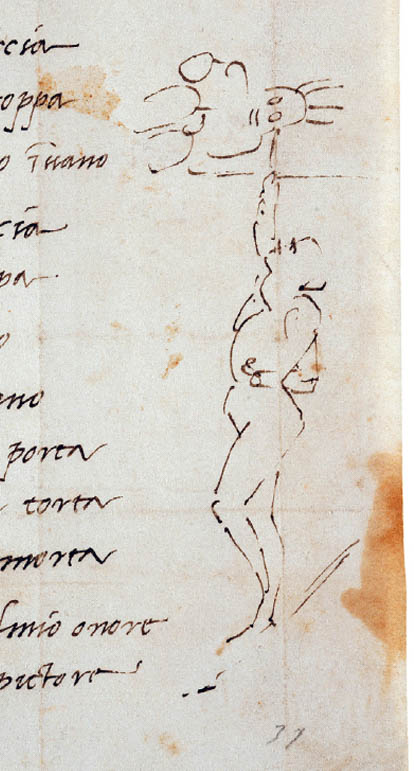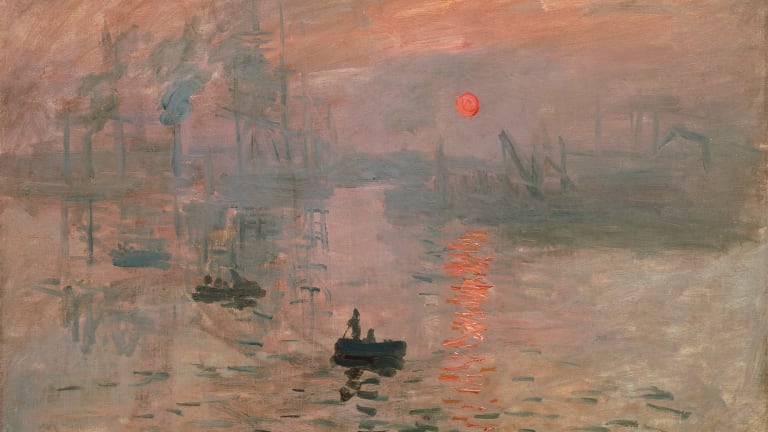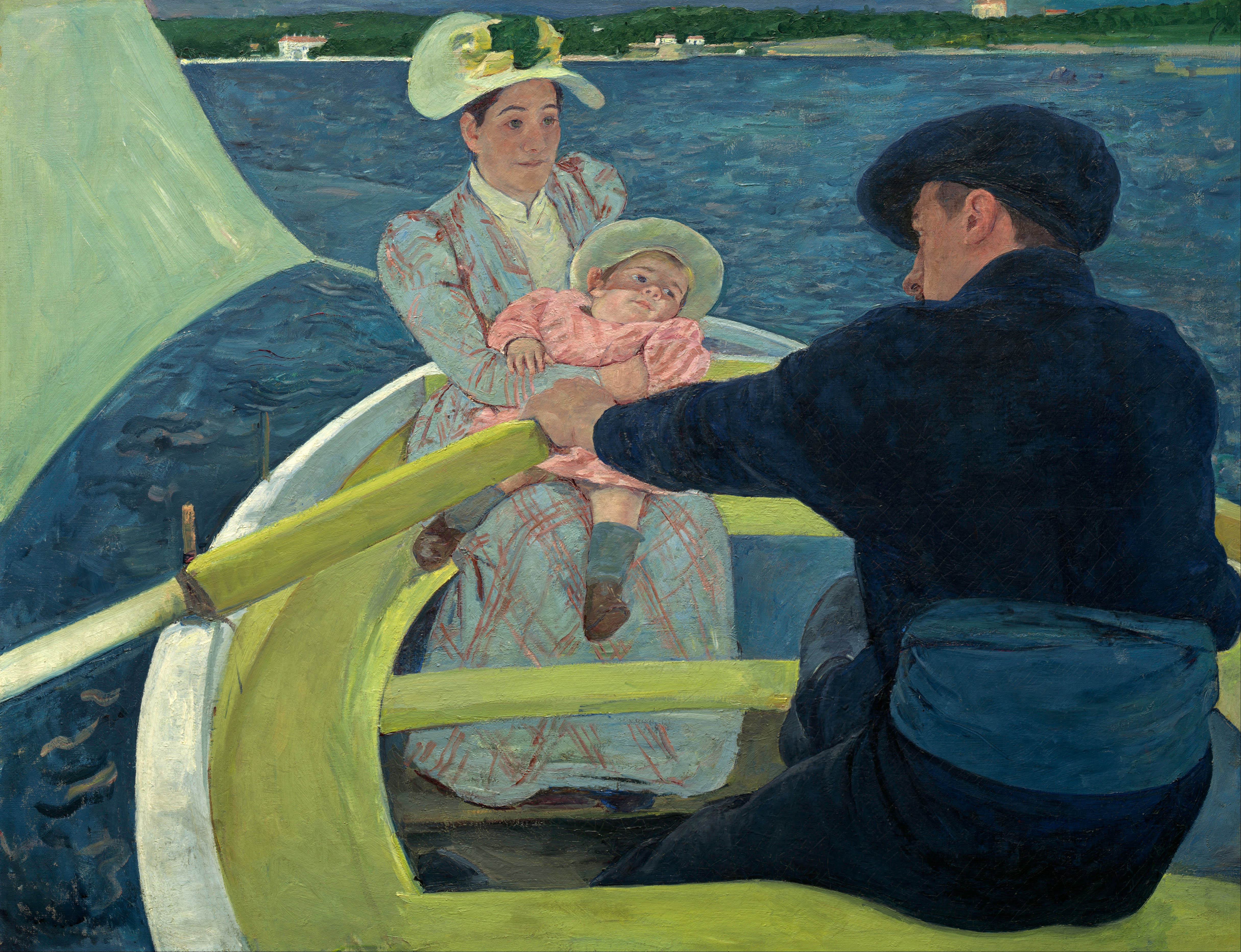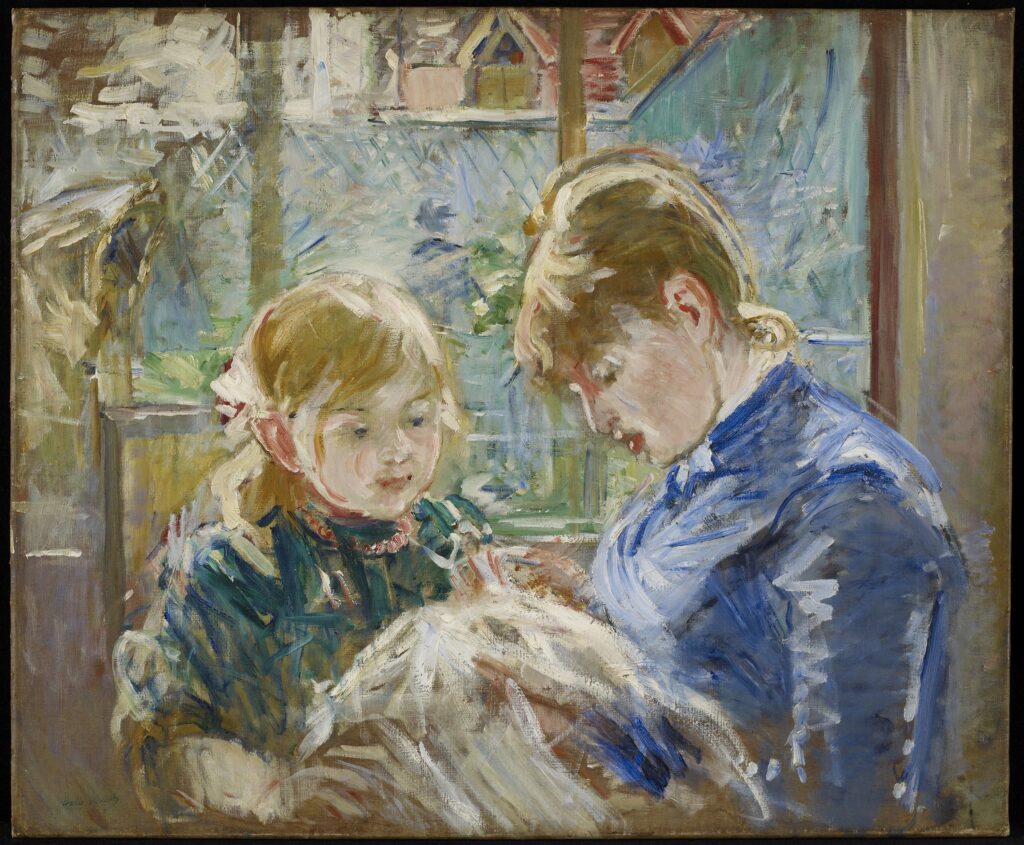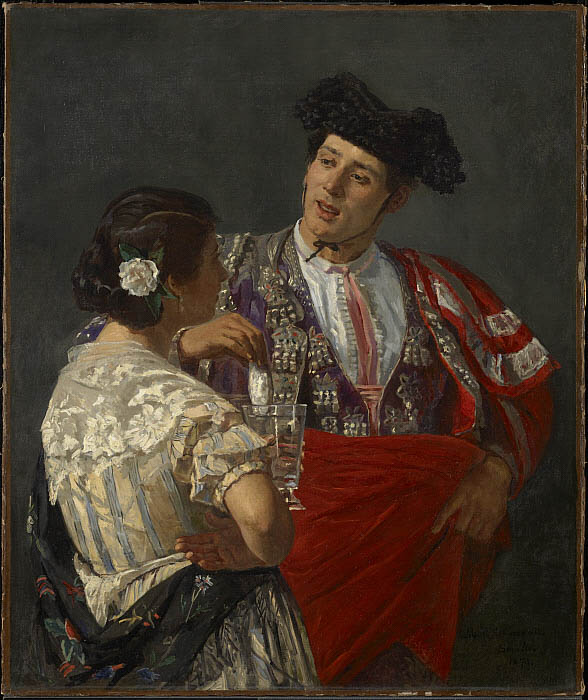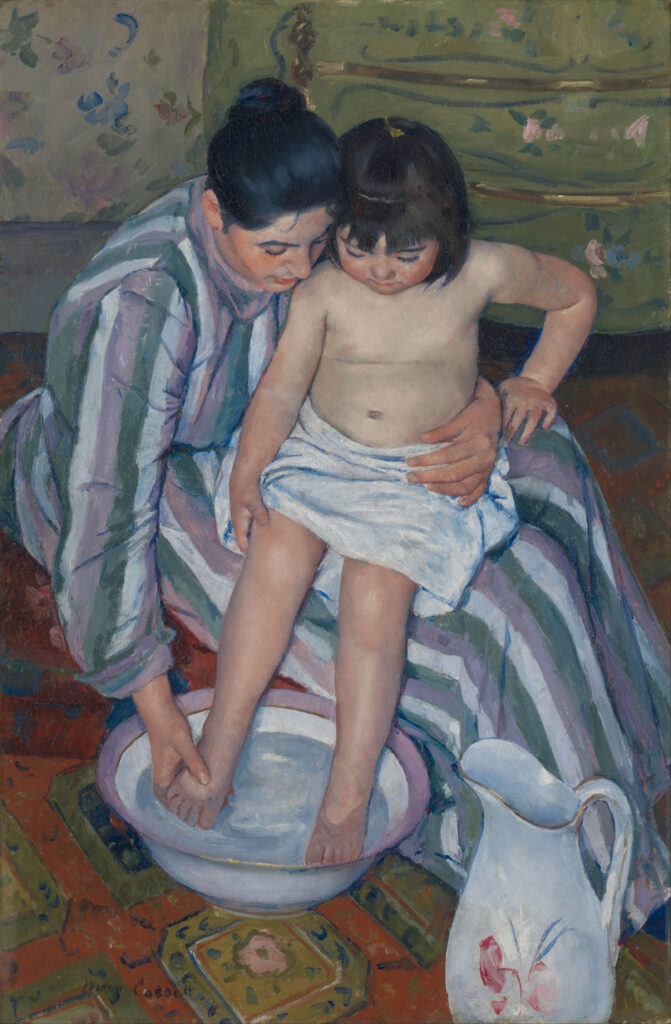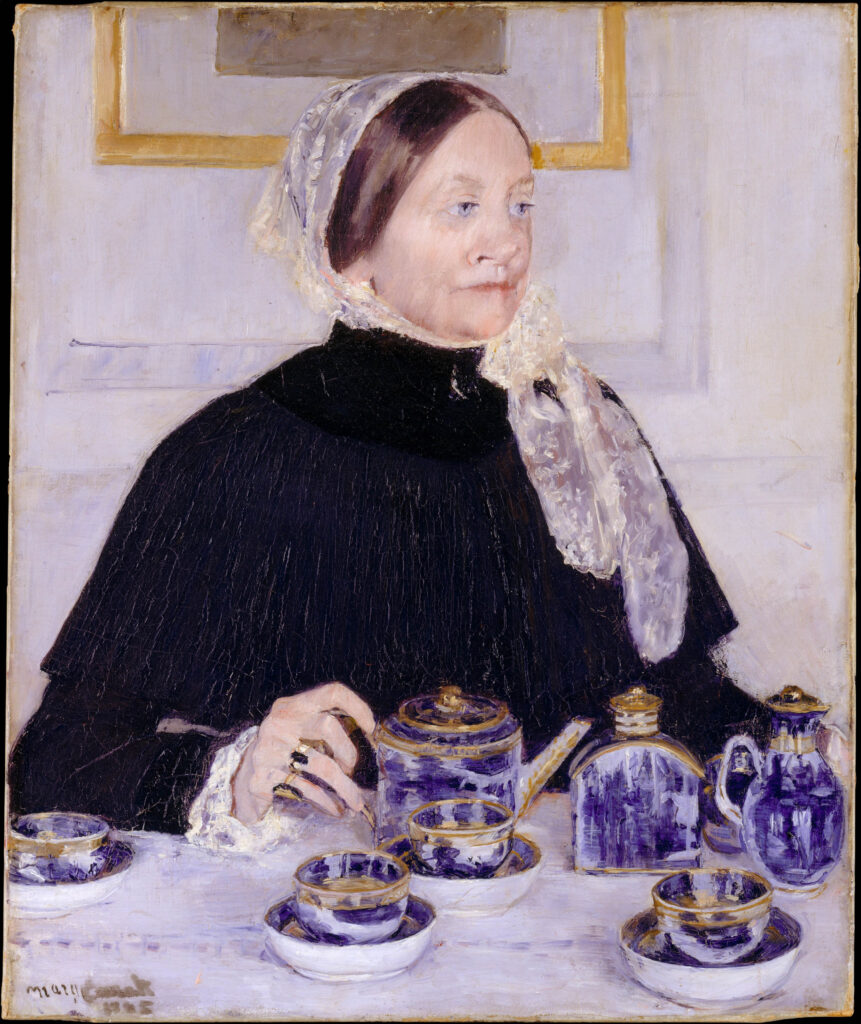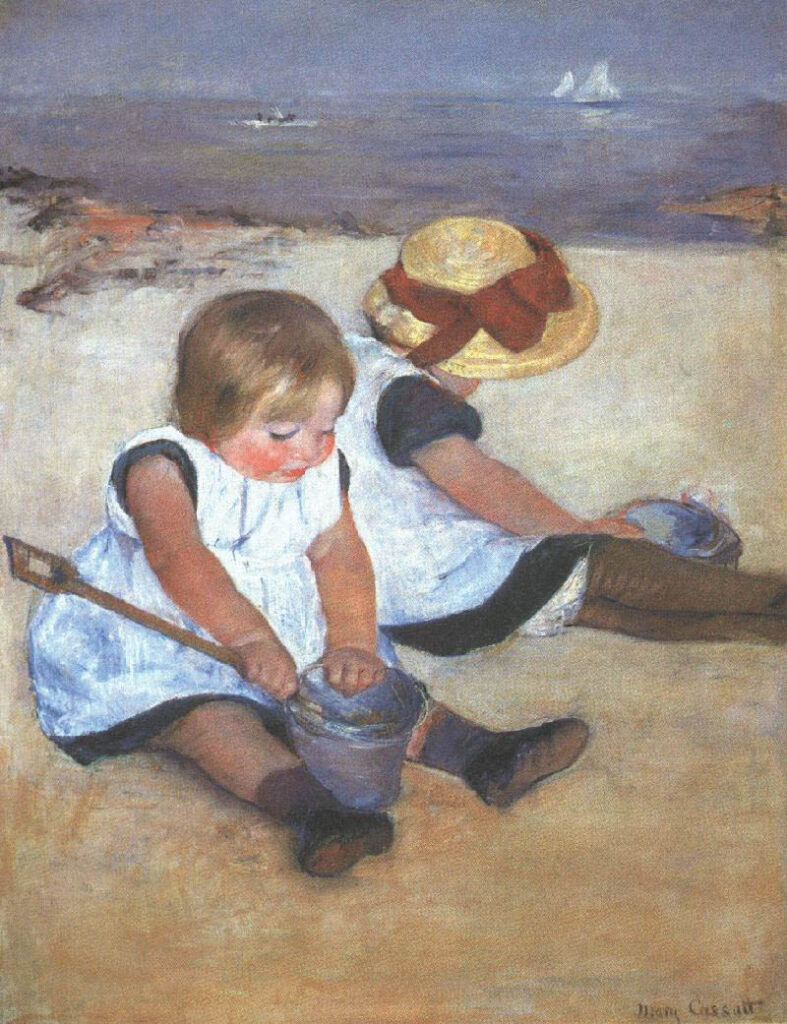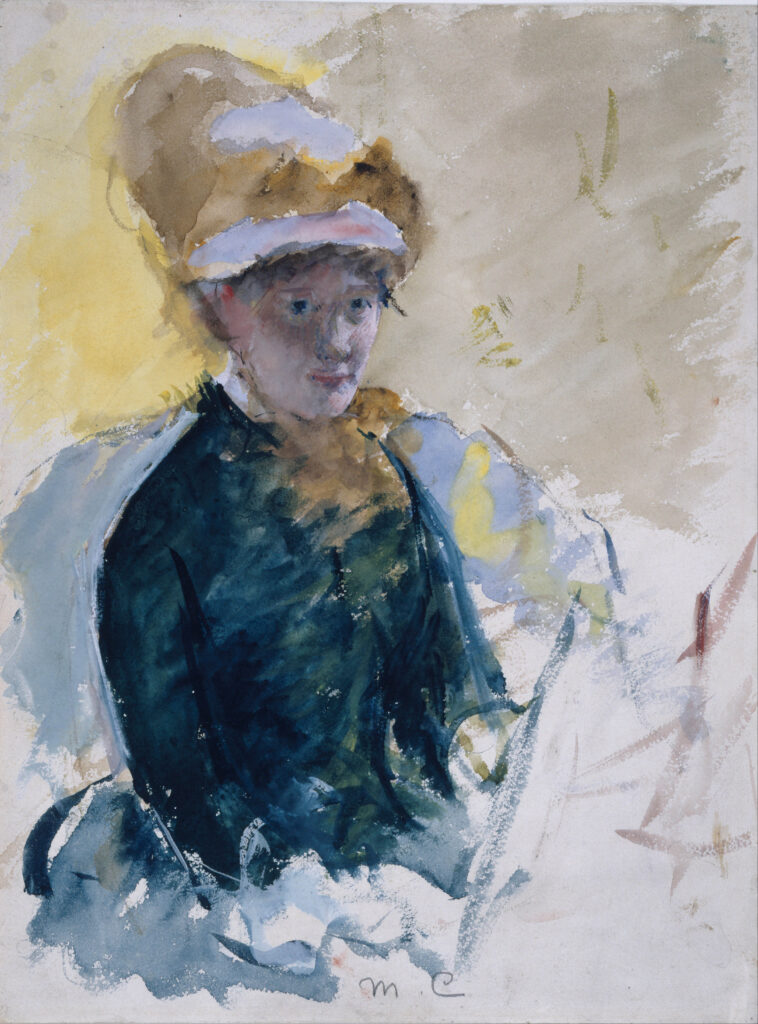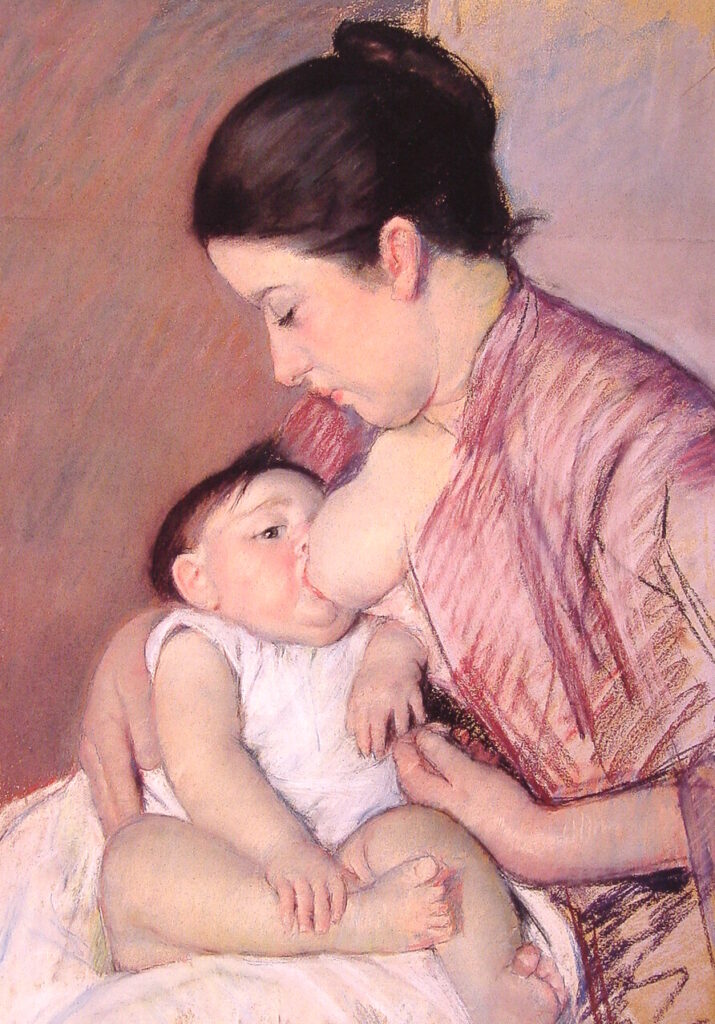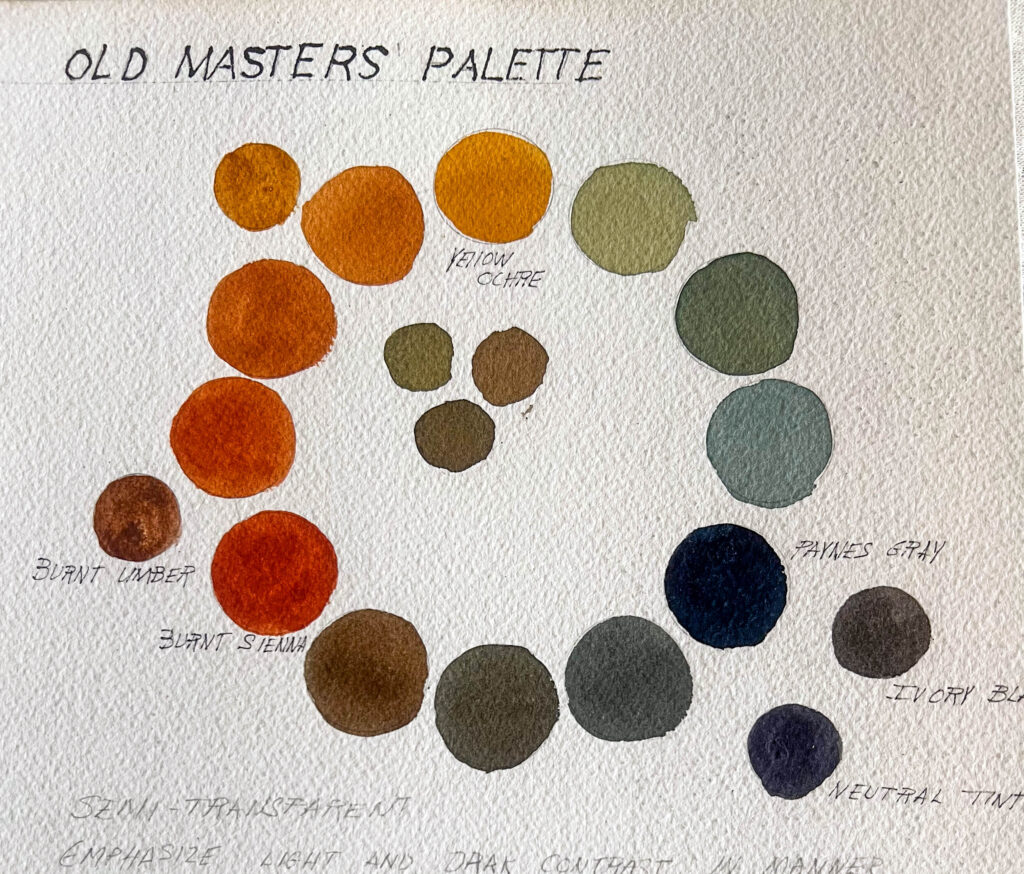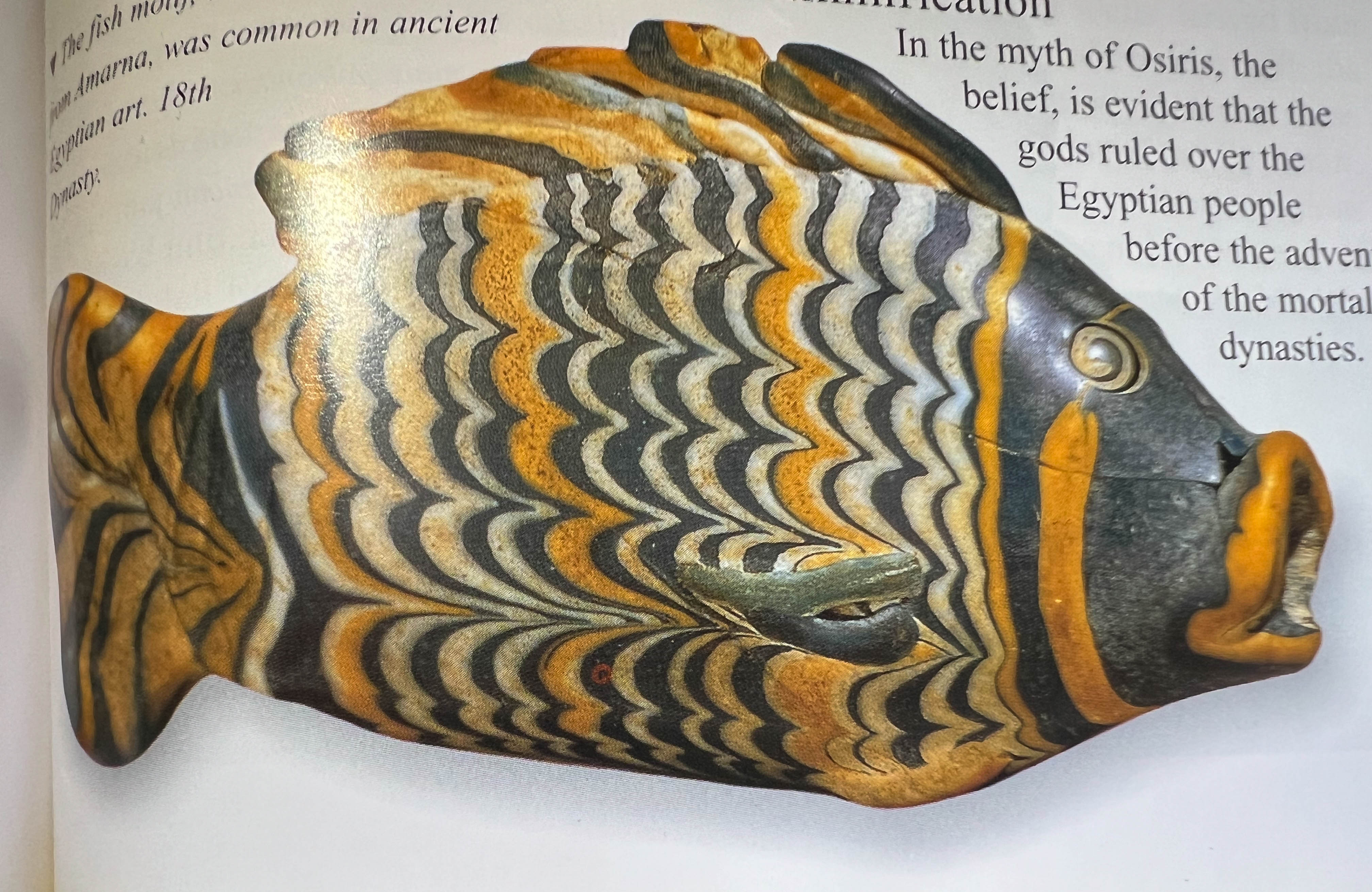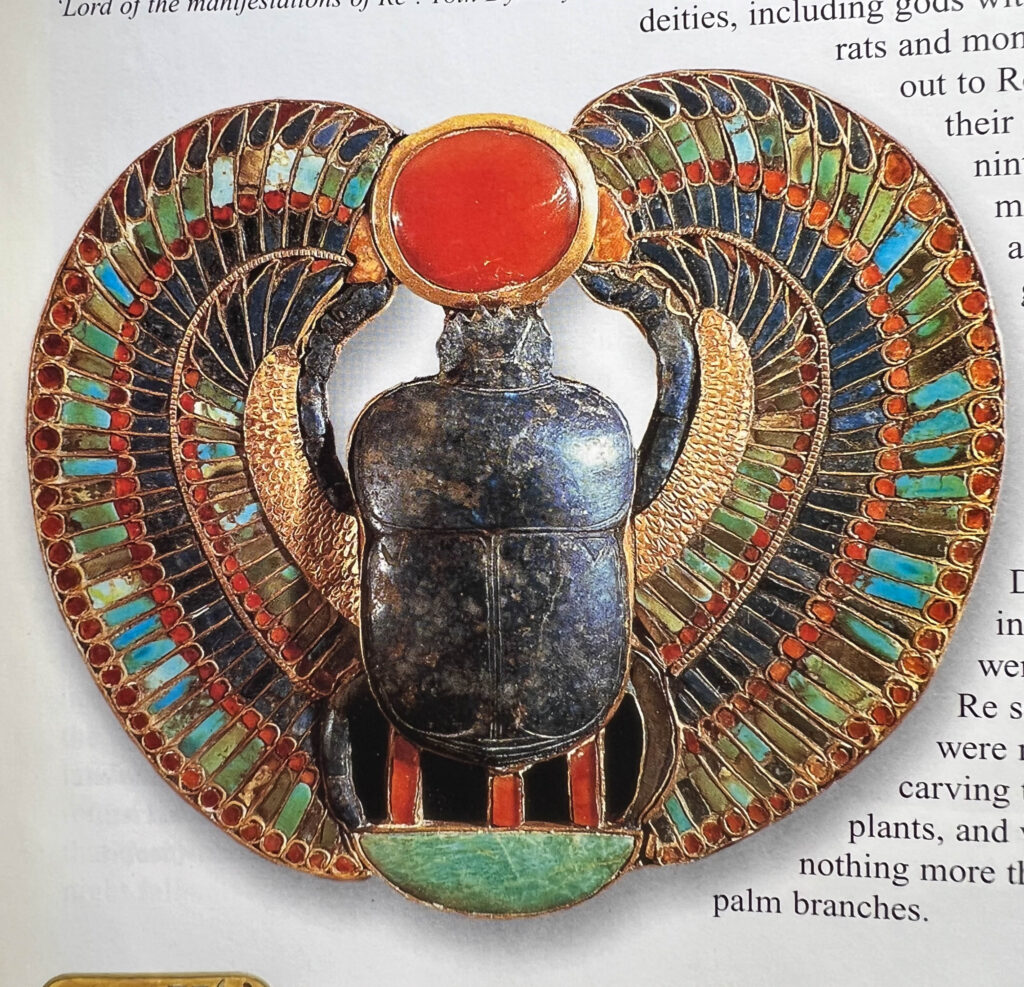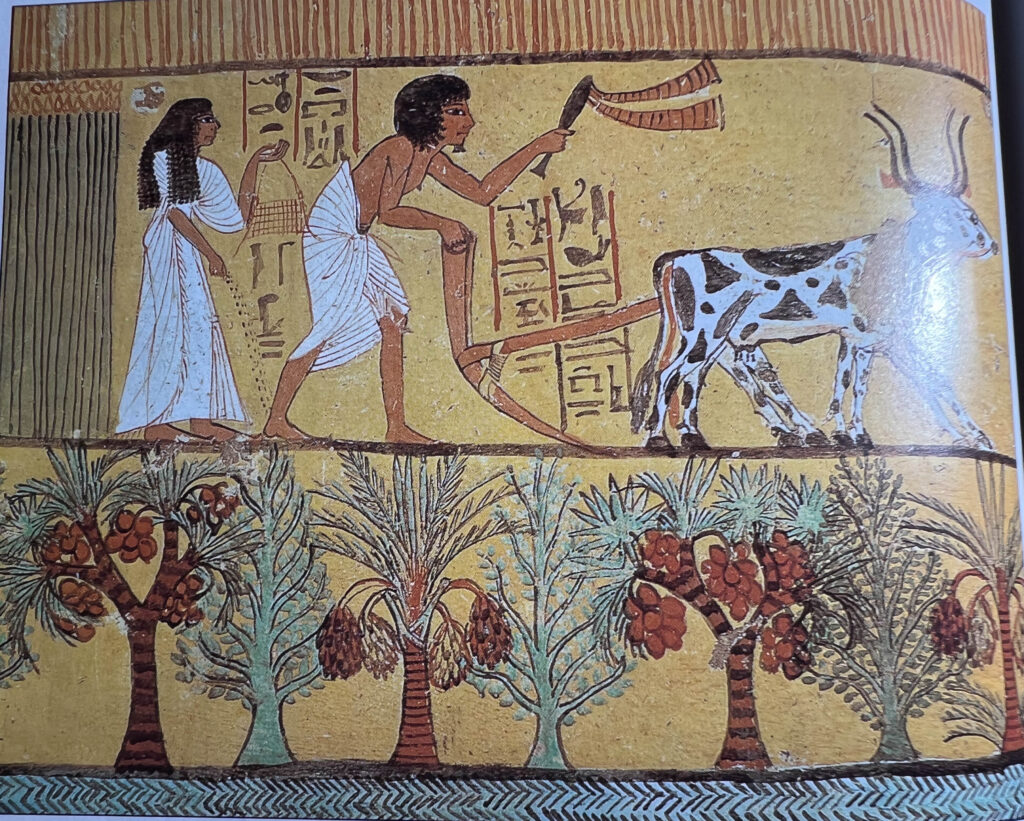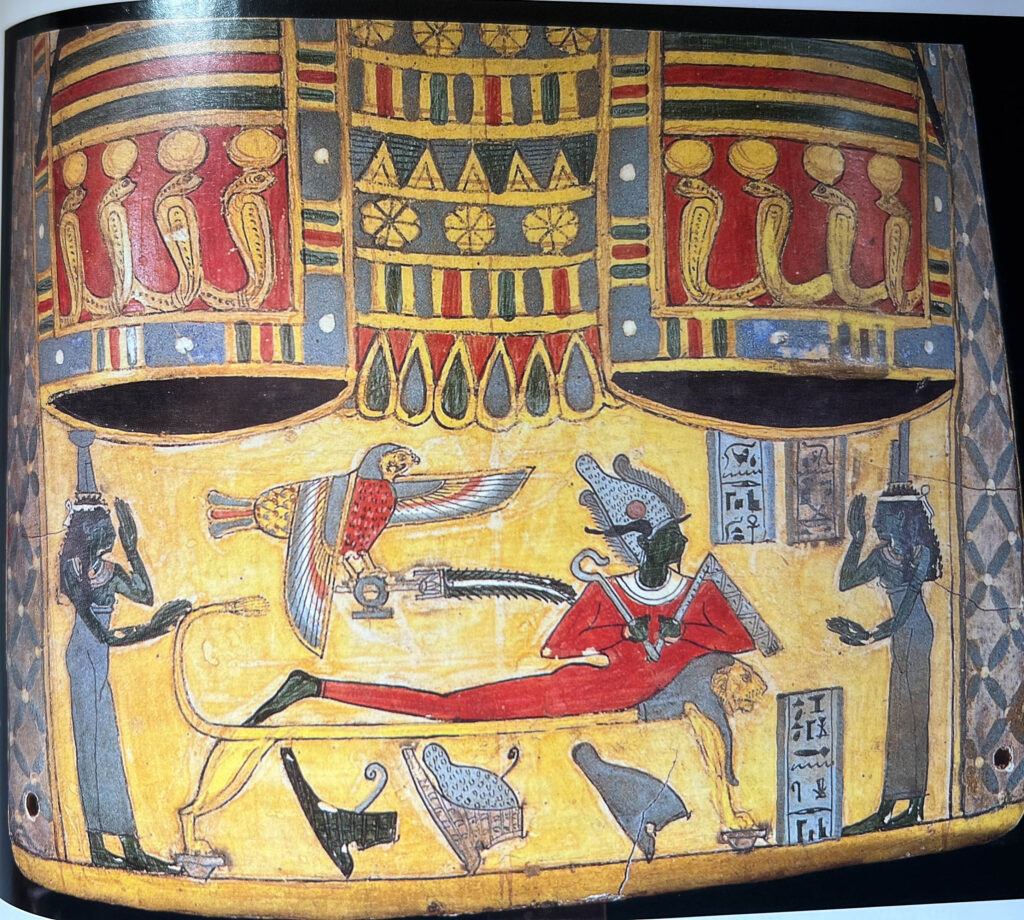...more artistic musings
French artist Marie-Clementine Valadon was born September 23, 1865 into extreme poverty to an unmarried laundress in Montmartre. She attended school until aged eleven years old after which she began working to help support her mother.
AROUND the age of 15 Marie began working in the circus as an acrobat. The same circus that was often visited as well as painted by Toulouse-Lautrec and Bertha Morisot. However, after a year of perfecting her craft as a featured trapesze artist, Marie suffered a serious fall that injured her back leaving her unable to continue with her chosen profession.
After her devastating injury, along with a friend, Marie took a chance at modelling for local artists’ in their atelier studios that populated Montmartre. Soon, she became one of the popular choices as a model.

Self-Portrait ~ 1893
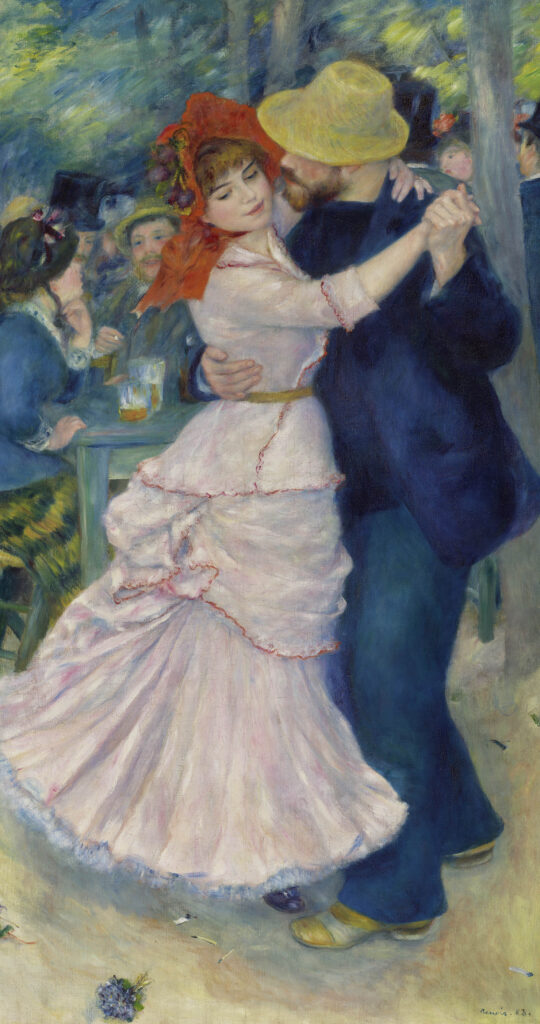
Dance at Bougival 1883 by Renoir
Model for RENOIR
From 1880 to 1893 Suzanne modeled for the most influential artists of the period: Edgar Degas, Berthe Morisot, Pierre-Cécile Puvis de Chavannes, Théophile Steinlen, Pierre-Auguste Renoir, Jean-Jacques Henner, and Henri de Toulouse-Lautrec.
Suzanne befriended Edgar Degas in 1890, while remaining his friend until his death in 1917. He became the first person to purchase her art, teaching her soft-ground etching.

Tightrope Walker c.1880 (Valadon) by Berthe Morisot ~ Pastel
Model for MORISOT





The Hangover by Toulouse-Lautrec (upper left); Girl Braiding Her Hair c.1885 by Renoir (upper right) Valadon 1885 by Renoir (lower left): Suzanne by Toulouse Lautrec (lower center) Suzanne by Renoir (lower right)
After modeling for Toulouse-Lautrec for two years, 1886-1888, the artist suggested Marie change her name to Suzanne because he felt the new identity would suit her better.



The Abandoned Doll c.1921 ~ Portrait of Maurice Utrillo ~ Self-Portrait c.1883


Portrait of Suzanne Valadon by Miquel Utrillo c. 1891 ~ Joy of Life c.1911 by Suzanne Valadon
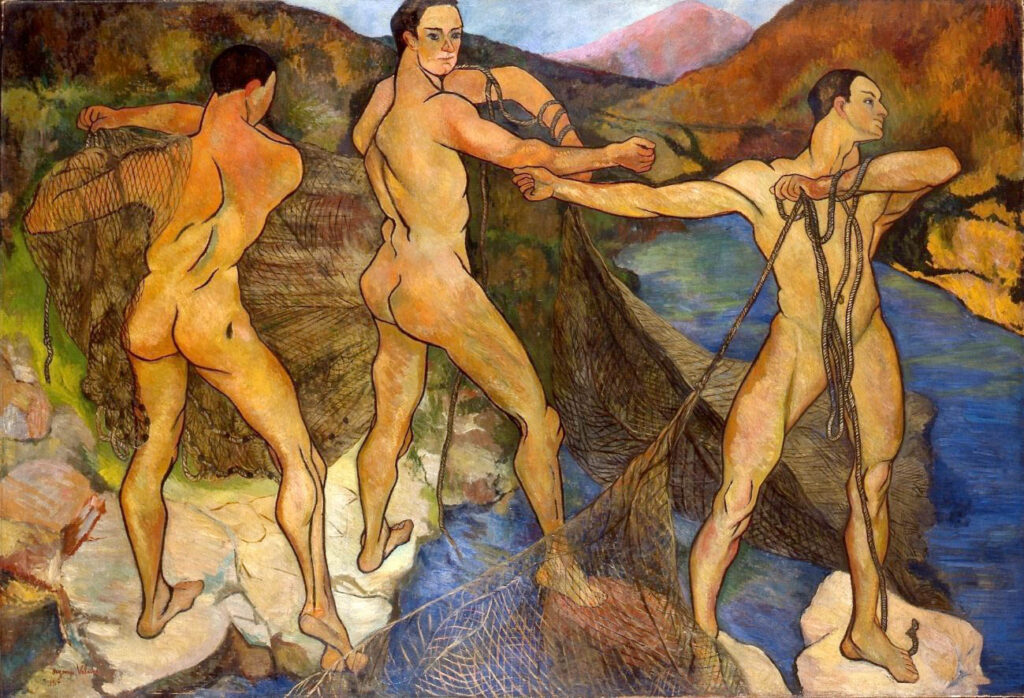
Casting The Net c. 1914 by Suzanne Valadon





The Blue Room by Valadon (upper left): Woman c.1928 by Valadon (upper right): Nudes c.1918 ( lower left): Portrait of Maurice Utrillo (lower center): Nudes c.1895 Valadon (lower right)





Life With Basket of Flowers c.1928 (upper left): Life With Tulips and Fruit Bowl c.1924 (upper right): Bouquet of Flowers (lower left)
The French Painter Maurice Utrillo was born Maurice Valadon on 26 December 1883 to Valadon when she was 18. He was taught by his mother and favored painting the local scenes of Montmartre. He soon becoming recognized and his created art became sought after.
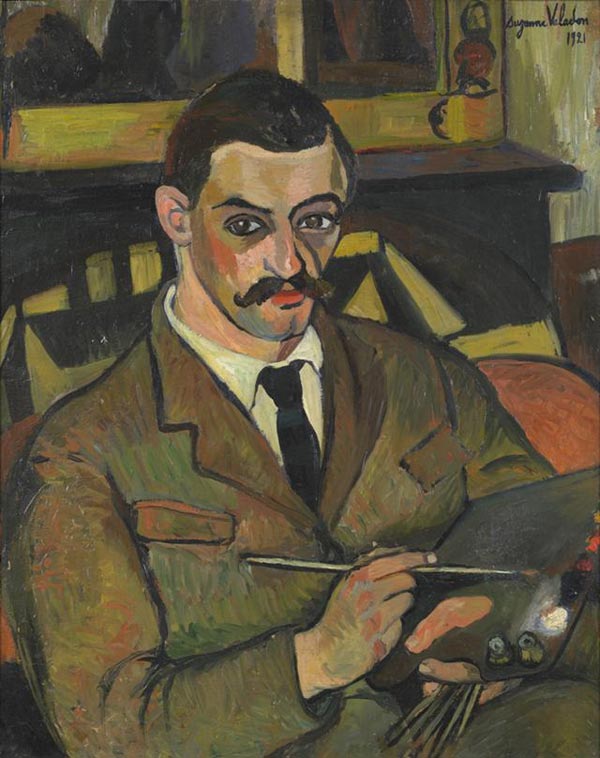
Maurice Utrillo by Suzanne Valadon c.1921
